Nitrile, vinyl, and latex gloves are a staple in the medical world and have become…
The post How to Recycle Nitrile, Latex, and Vinyl Sterile Gloves appeared first on Earth911.

Nitrile, vinyl, and latex gloves are a staple in the medical world and have become…
The post How to Recycle Nitrile, Latex, and Vinyl Sterile Gloves appeared first on Earth911.
One yard of silk requires 2,542 gallons of water. A gown takes eight to 10…
The post We Earthlings: The Water Cost of Silk appeared first on Earth911.
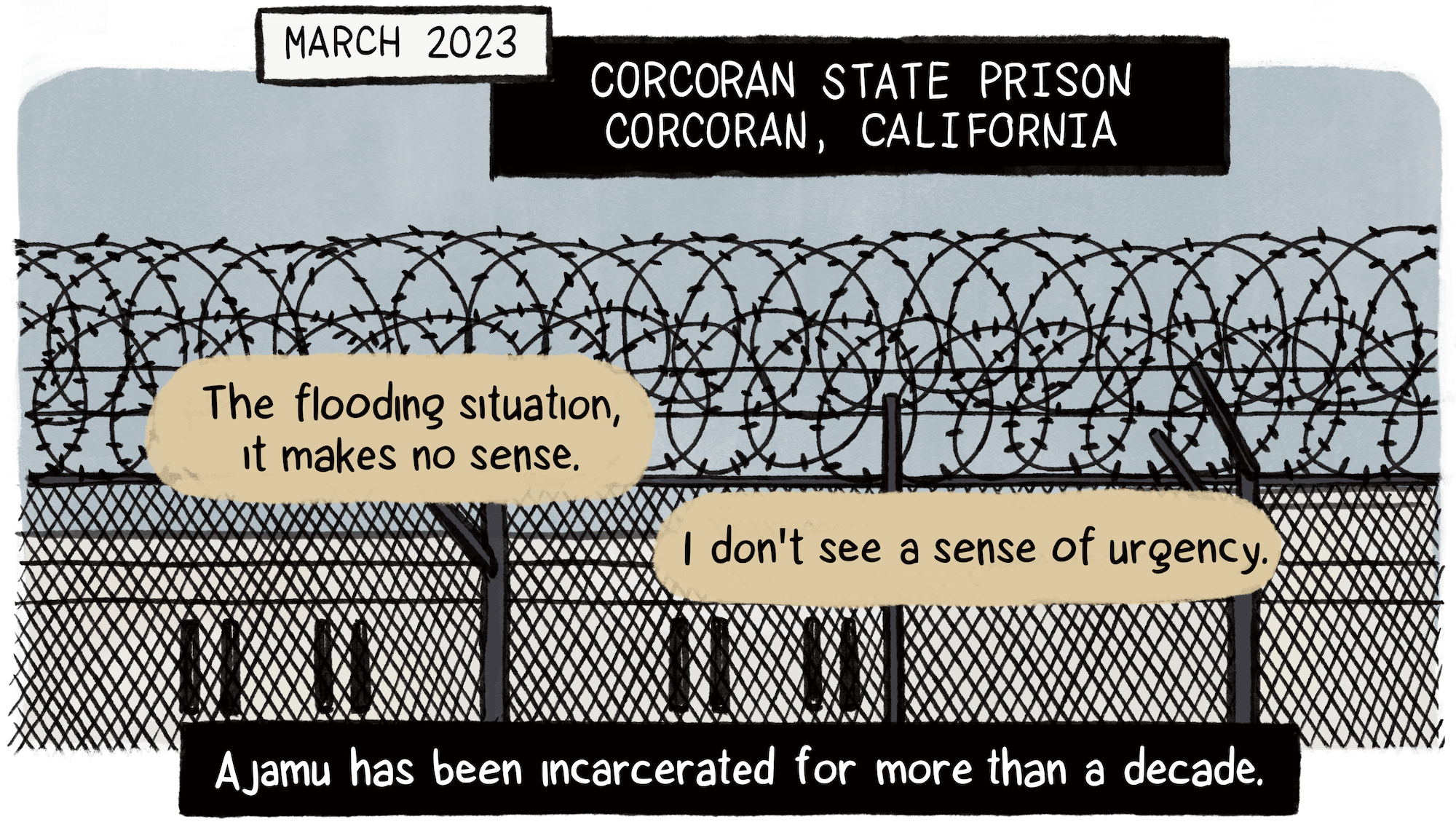
This article was published in partnership with The Marshall Project, a nonprofit news organization covering the U.S. criminal justice system. Sign up for their newsletters here.
Additional reporting by Geoff Hing.


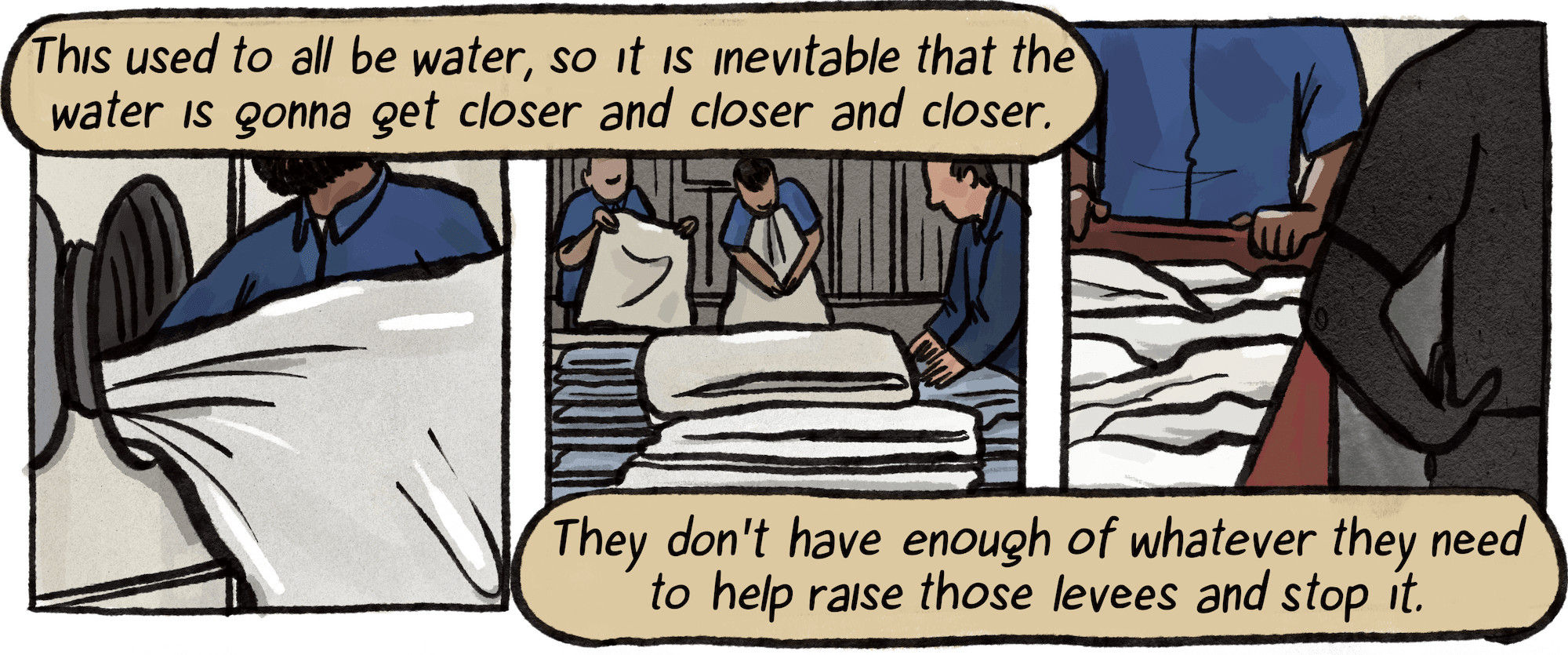
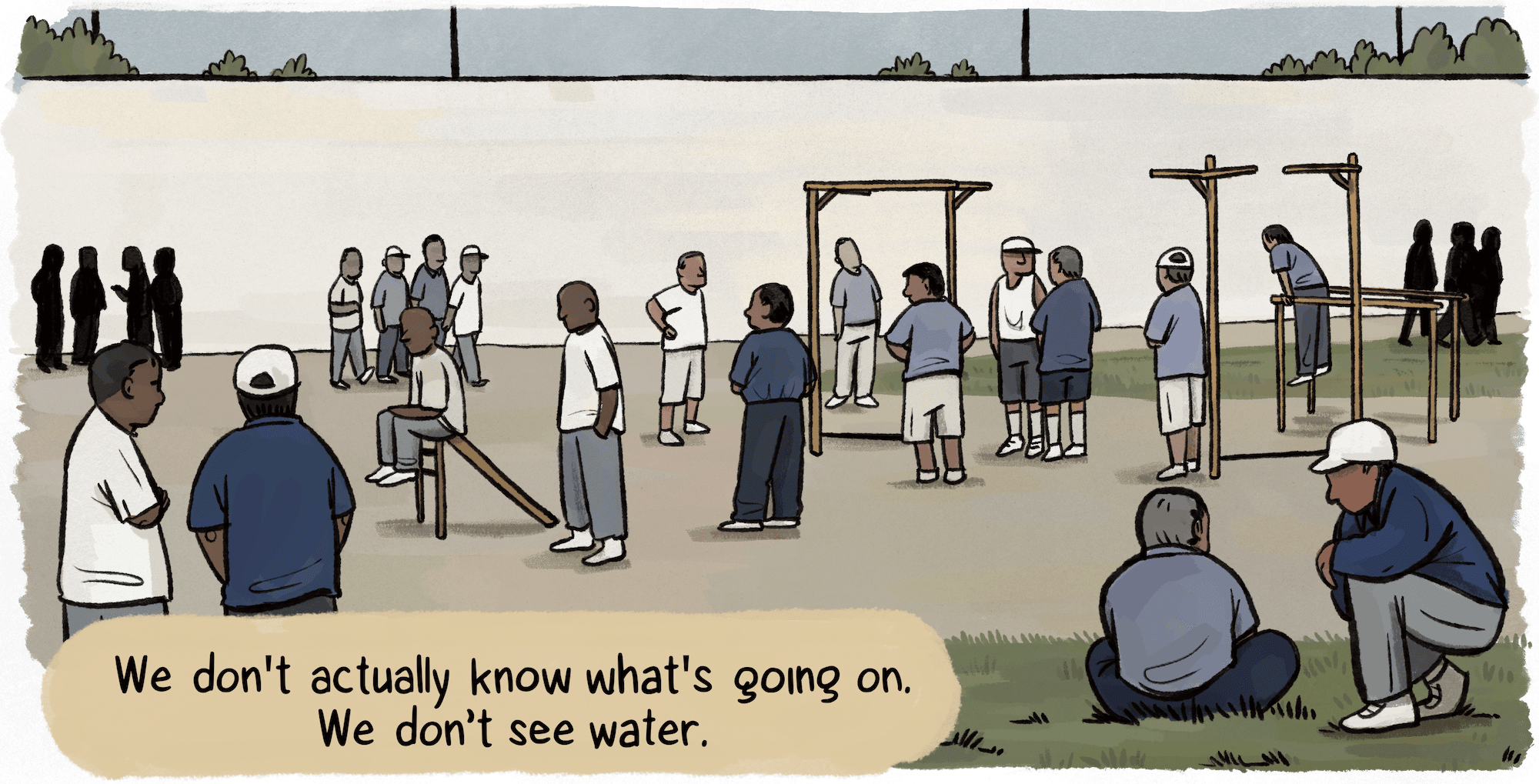
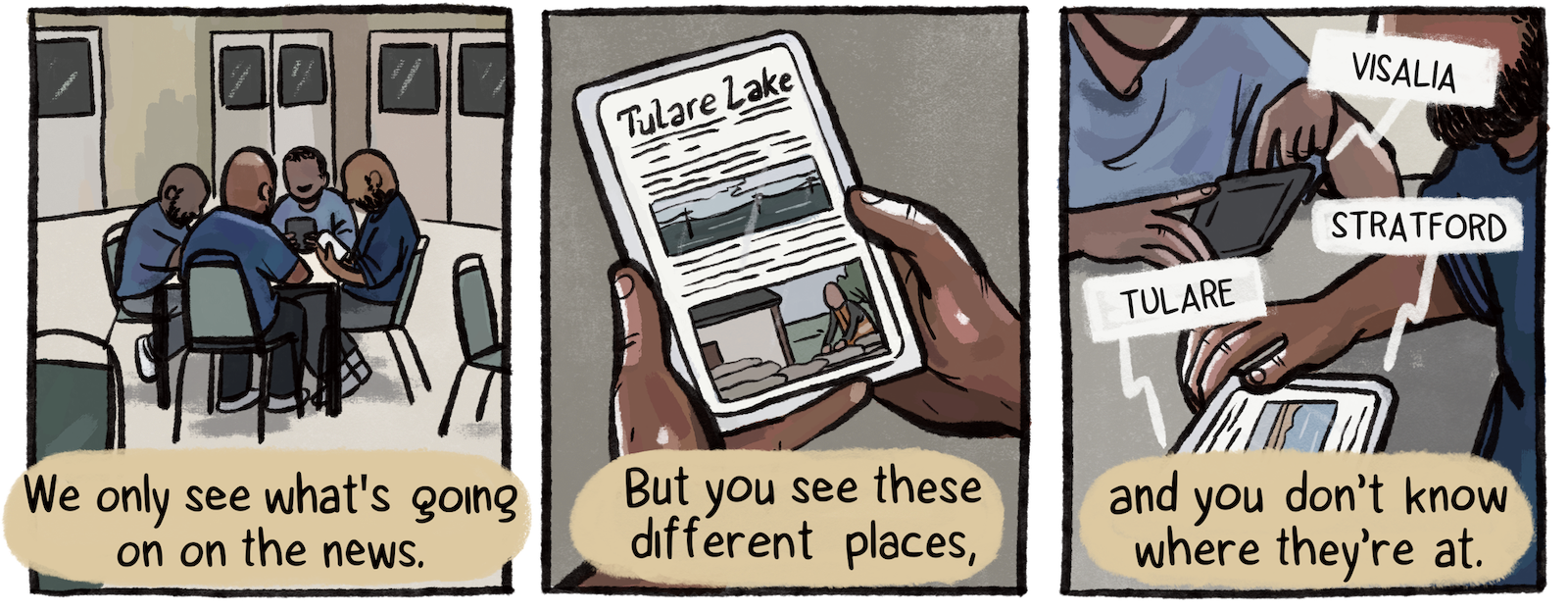
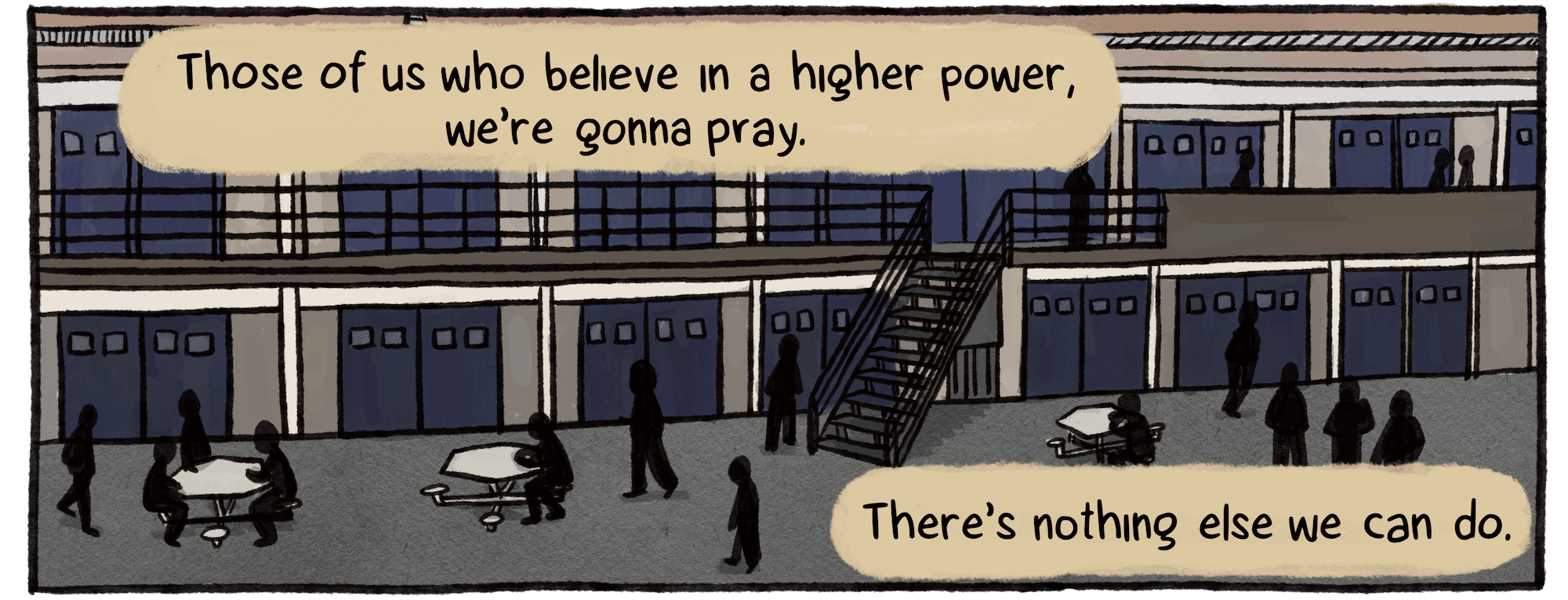

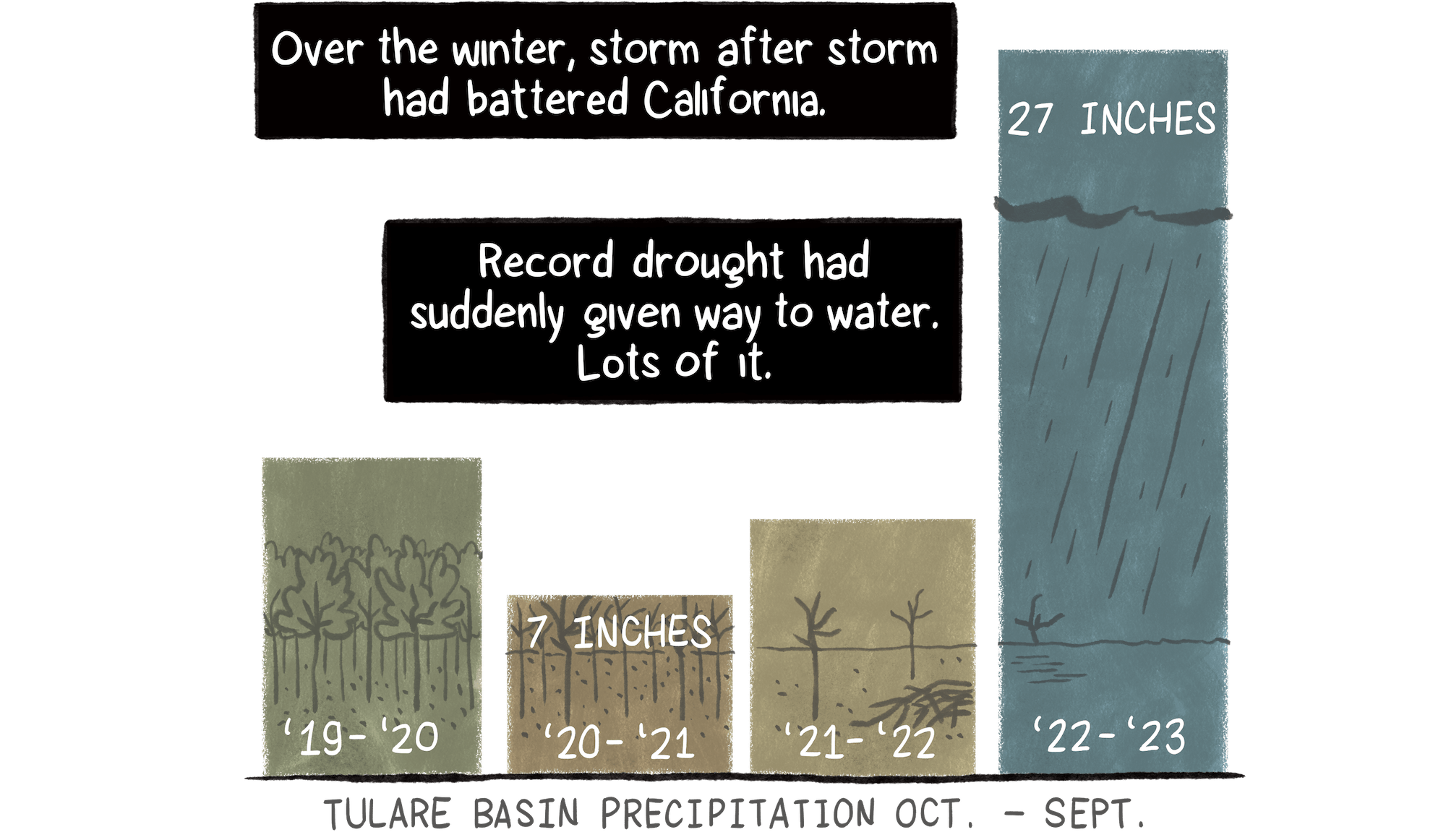
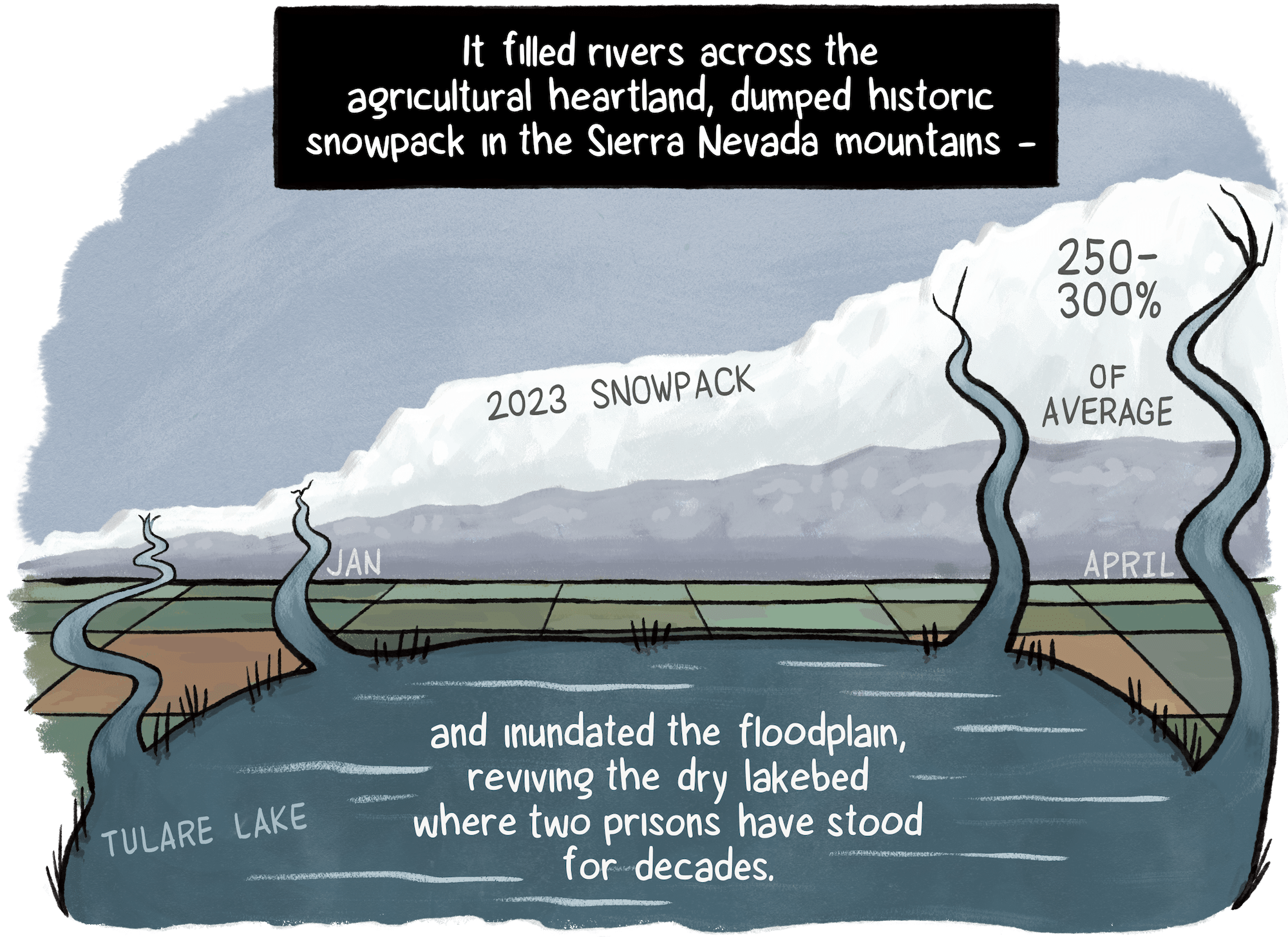
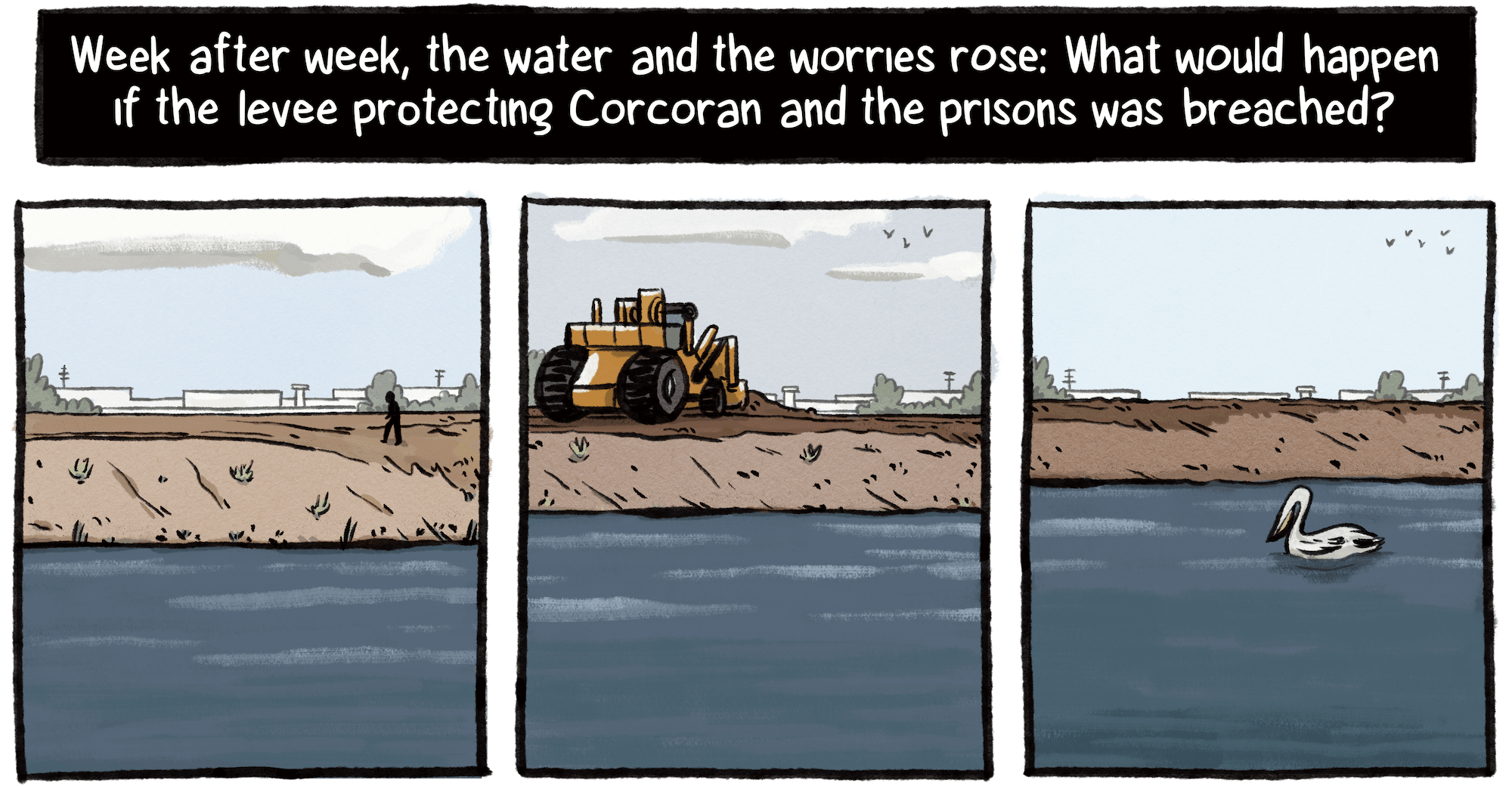
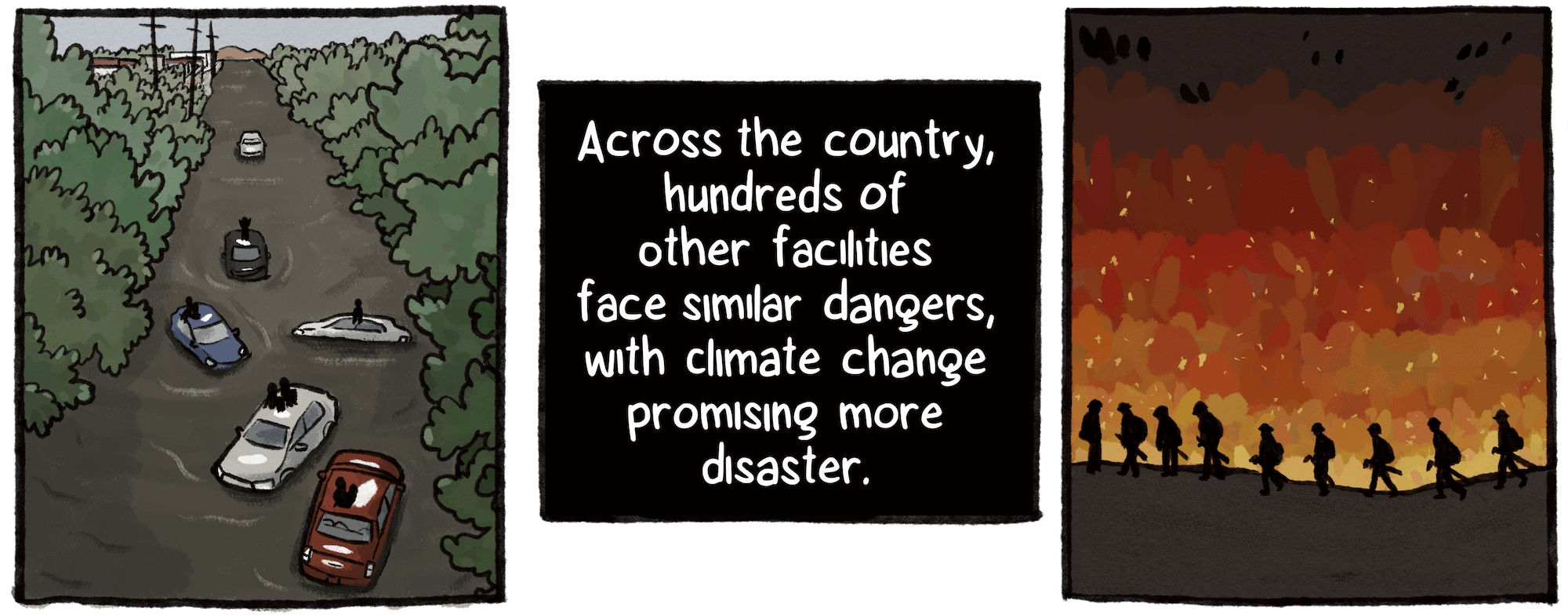
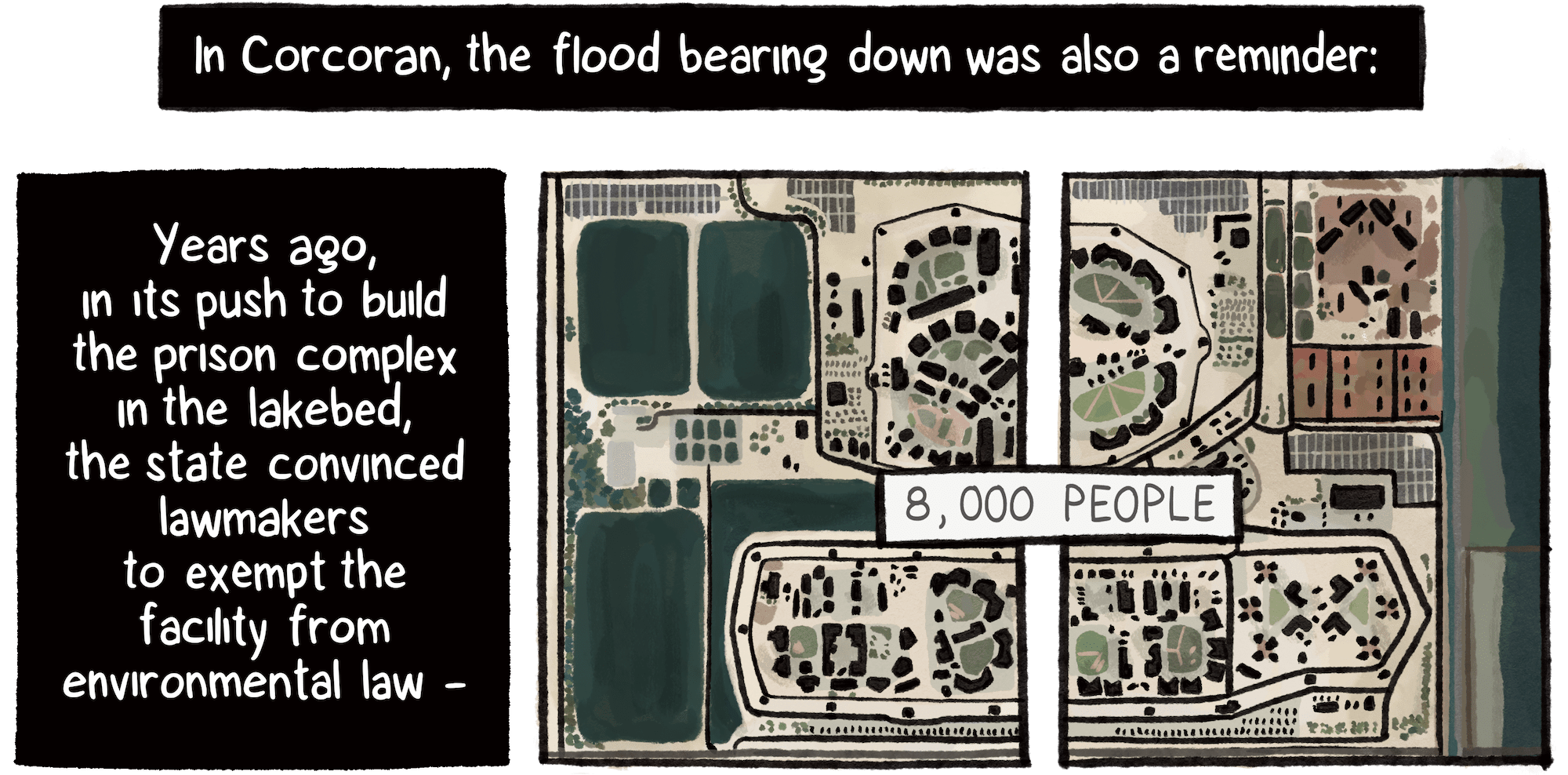




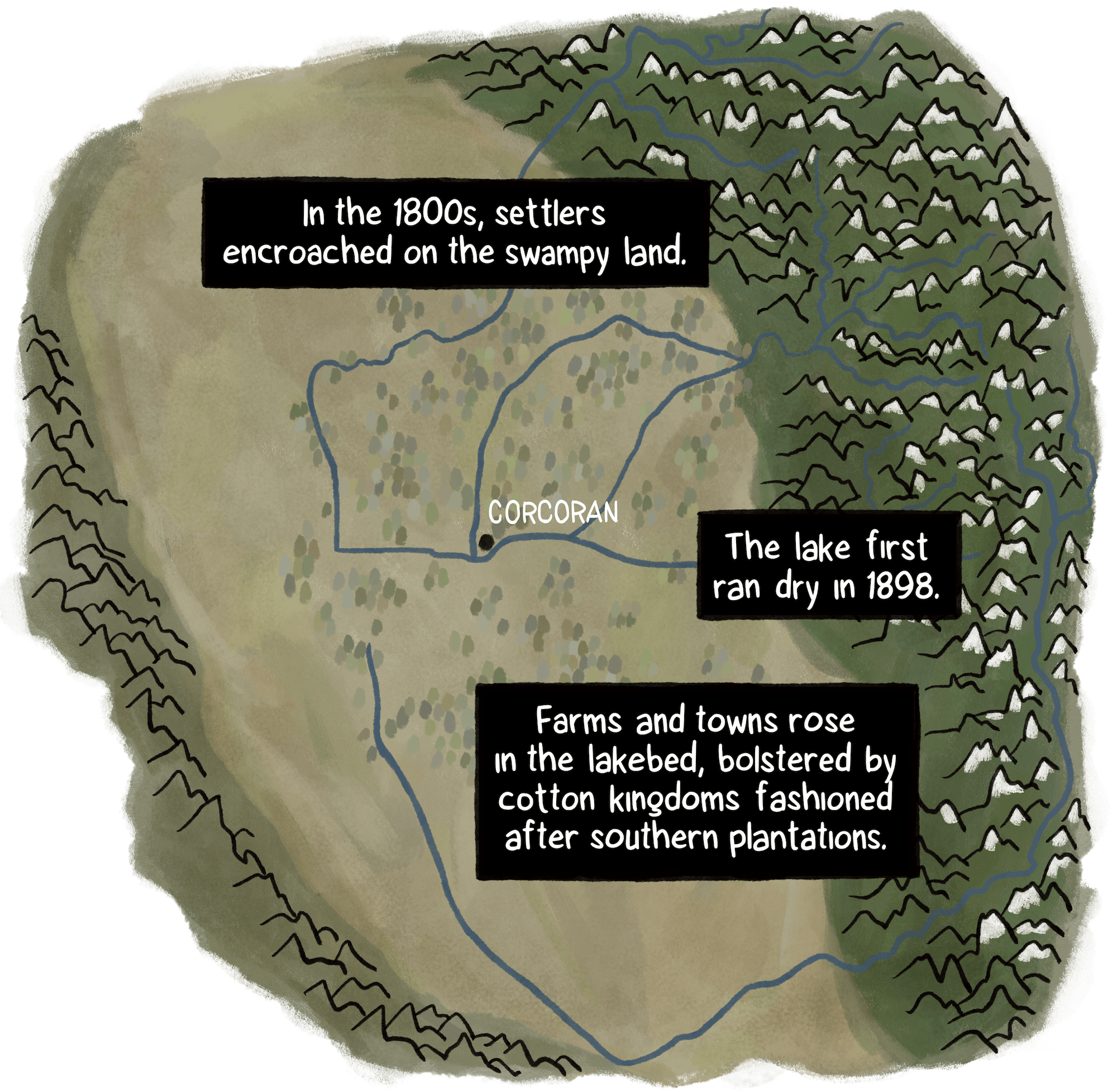

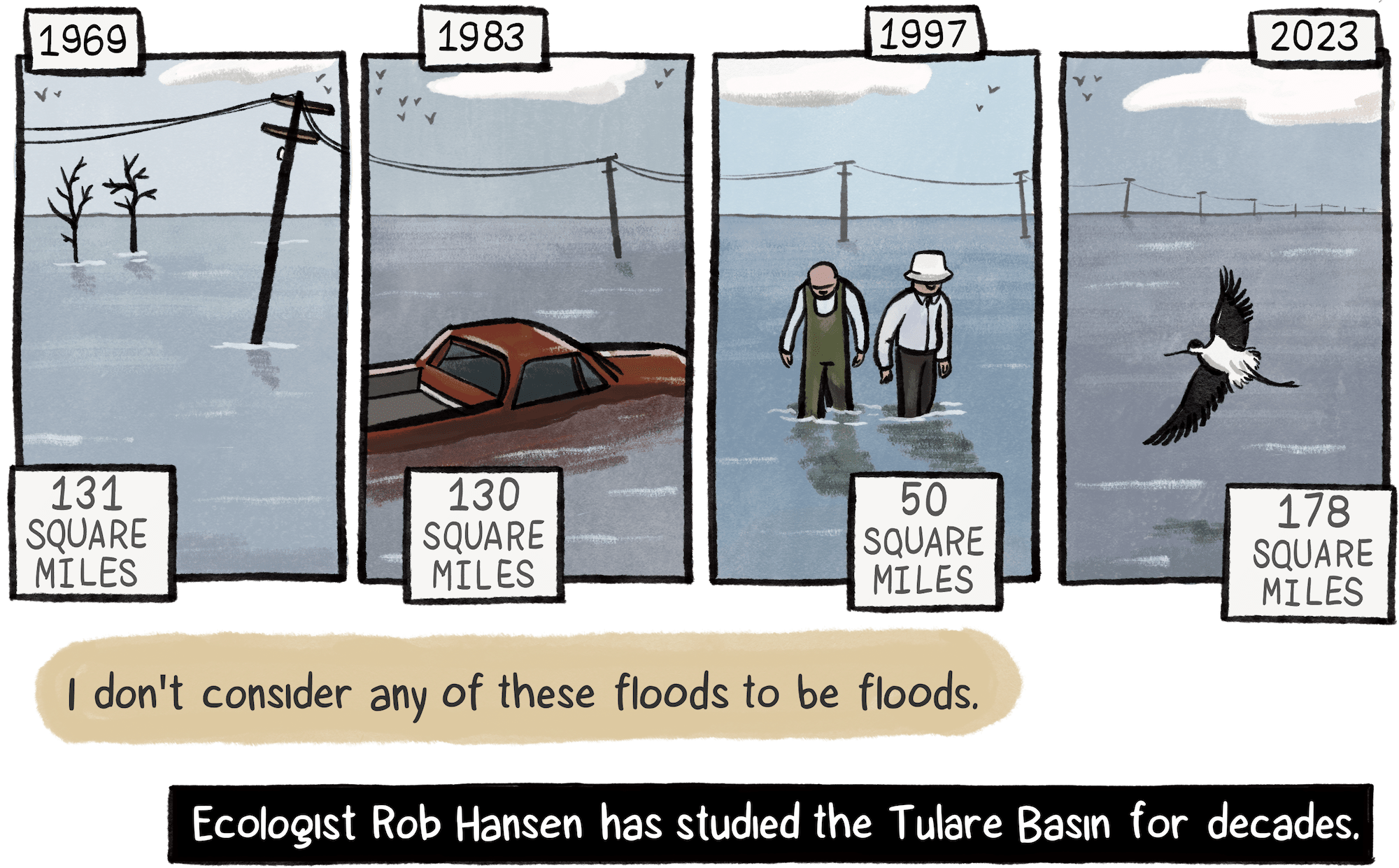



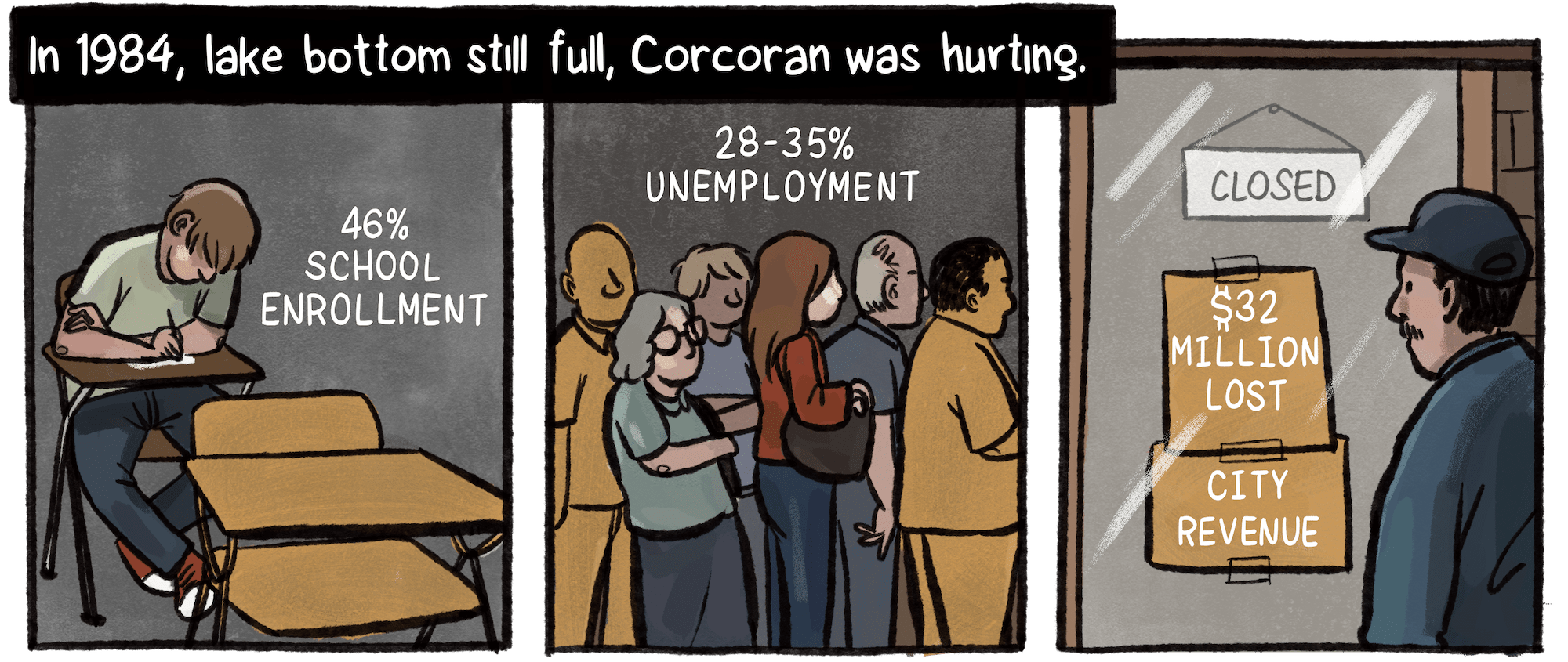
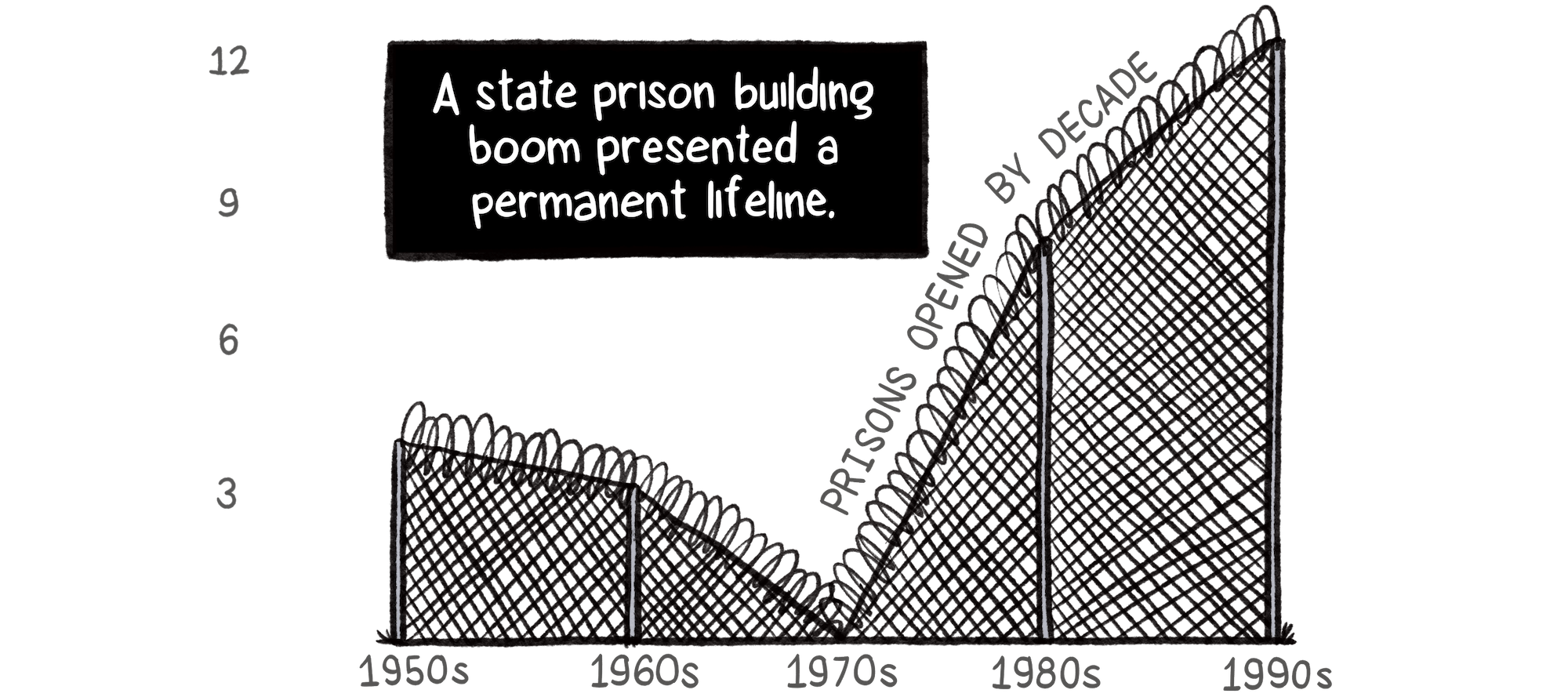

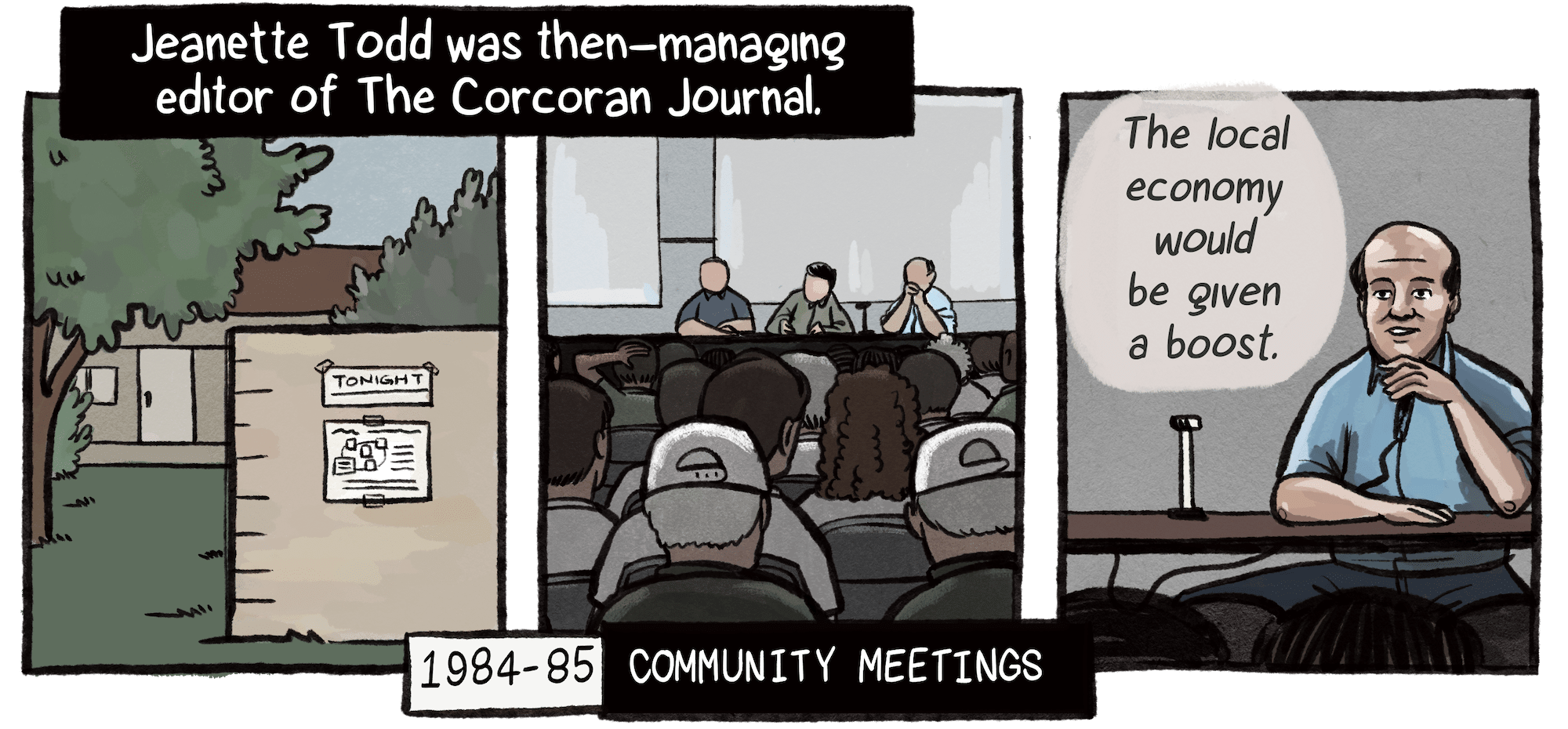
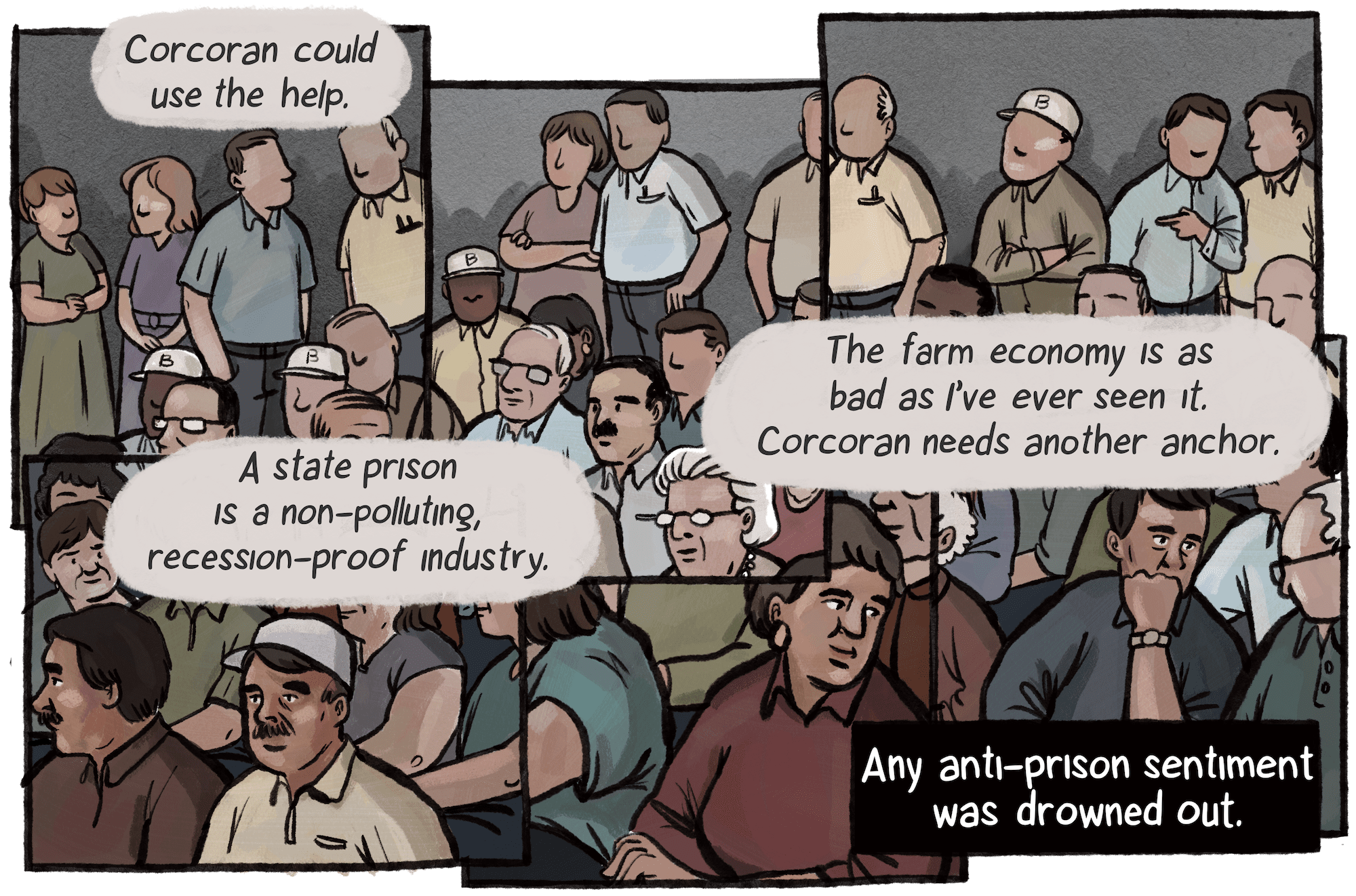

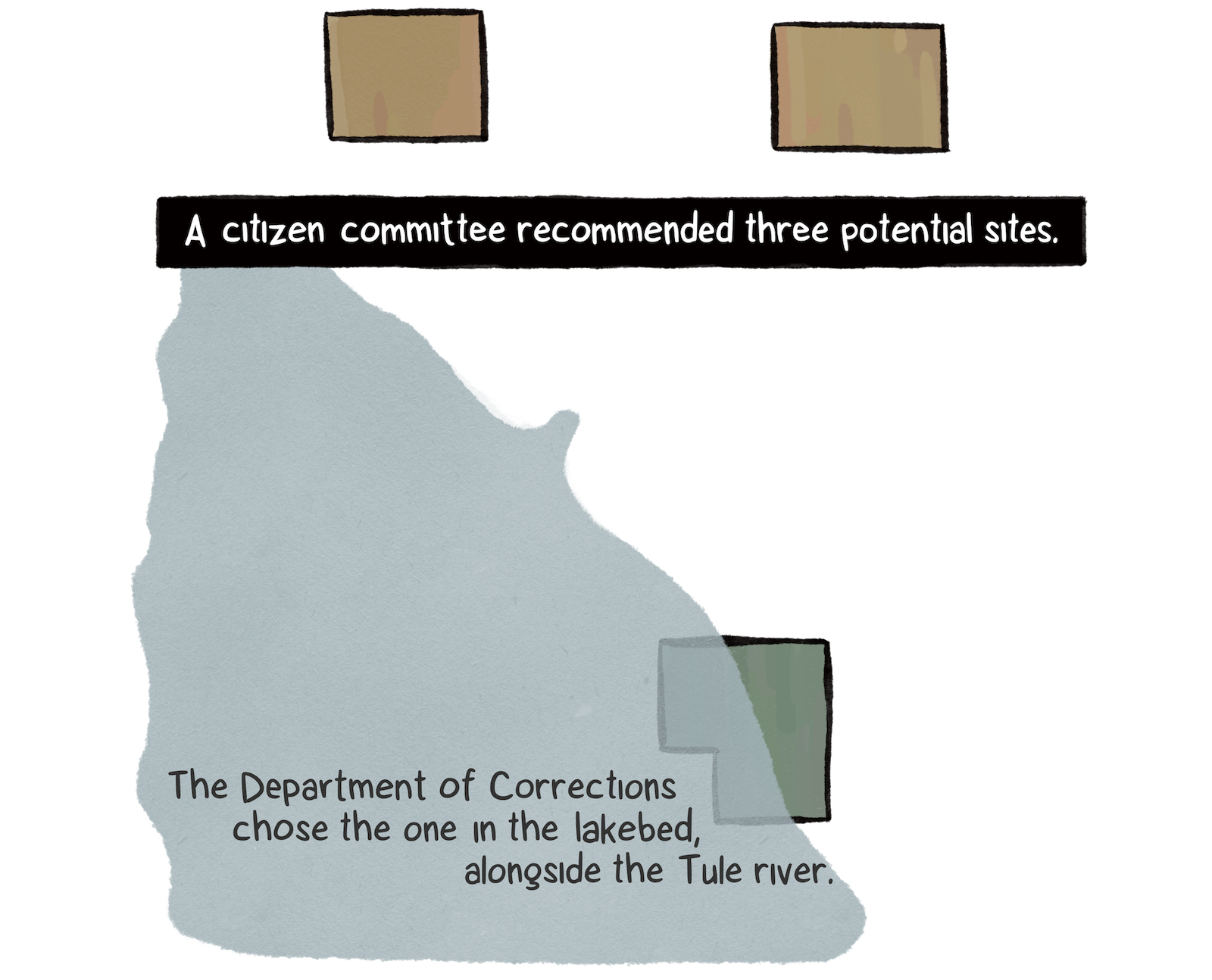
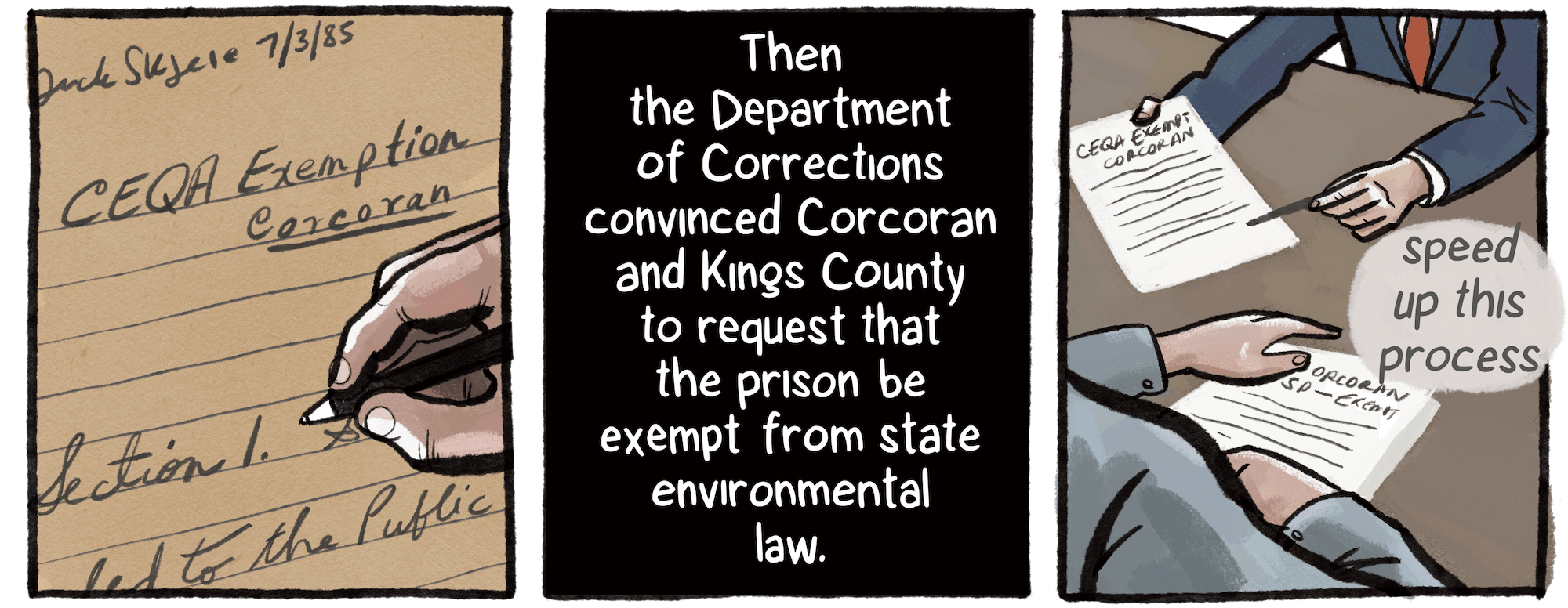
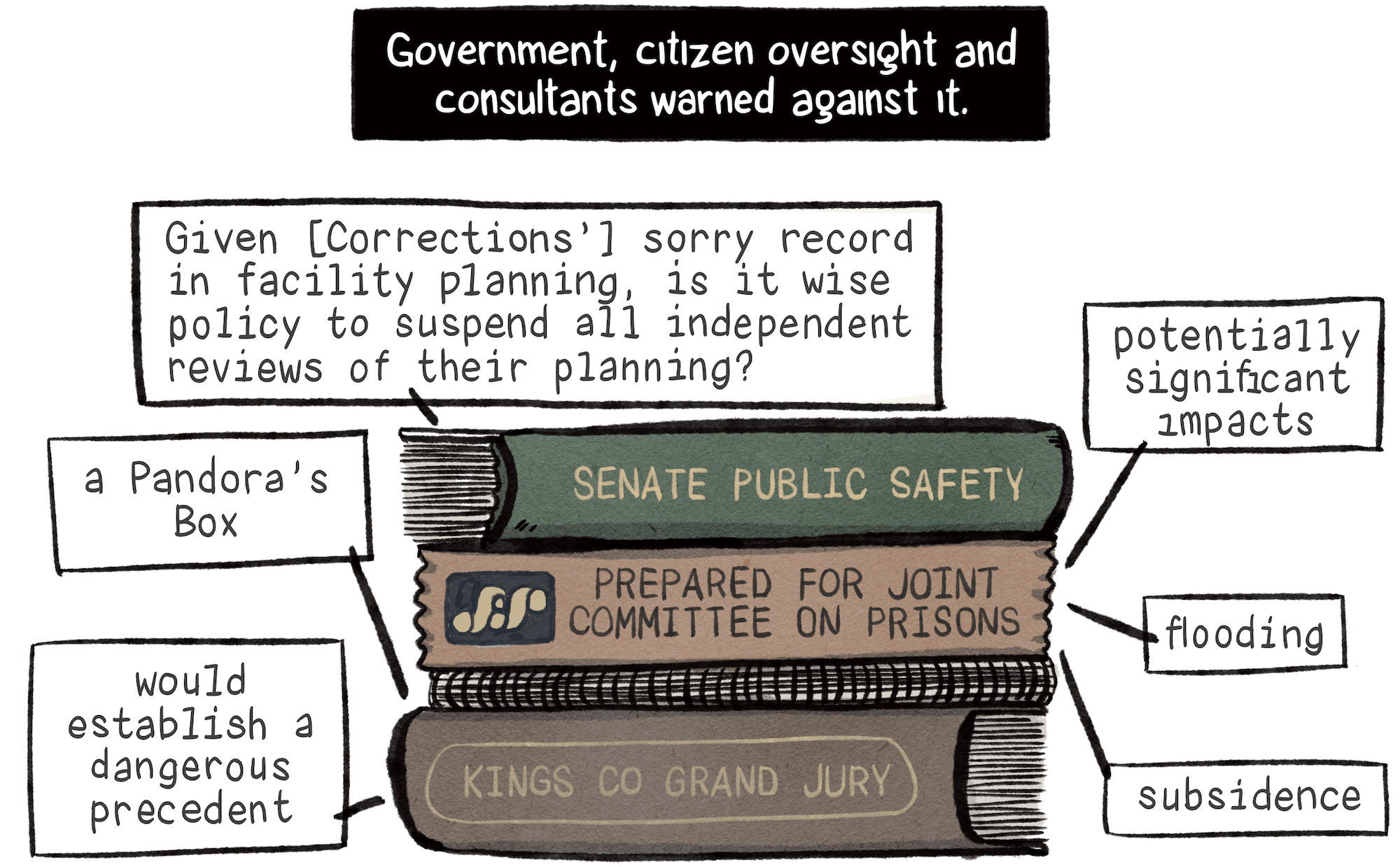
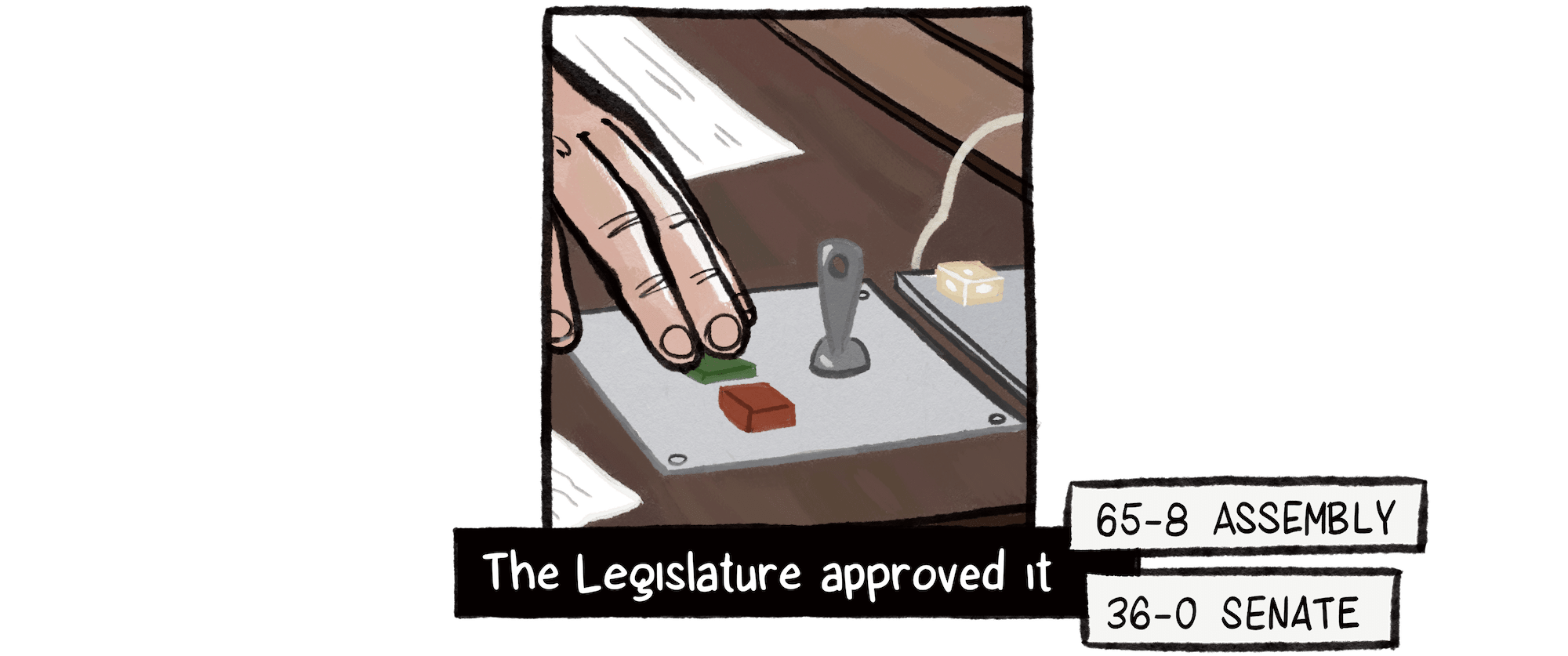
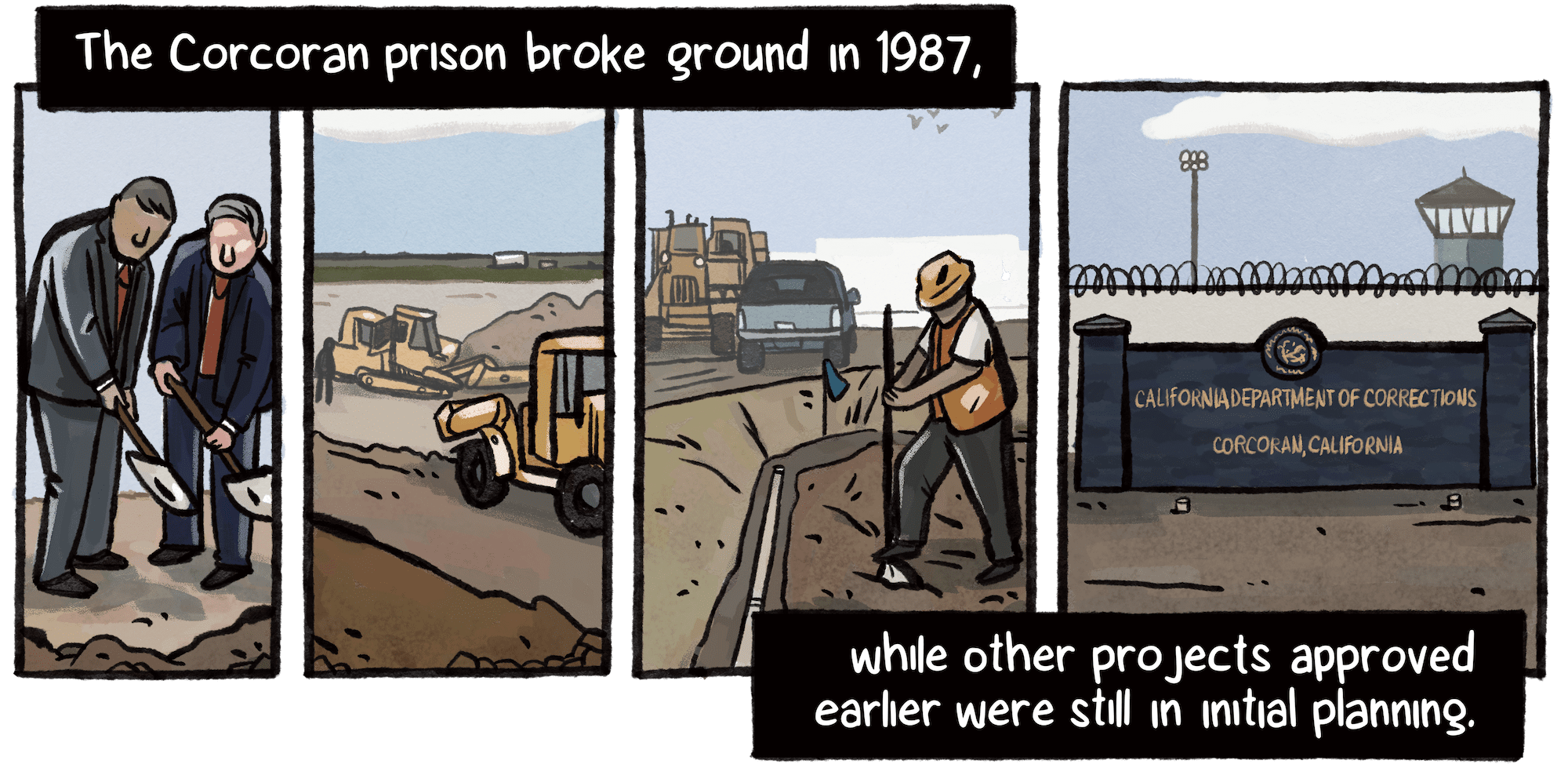
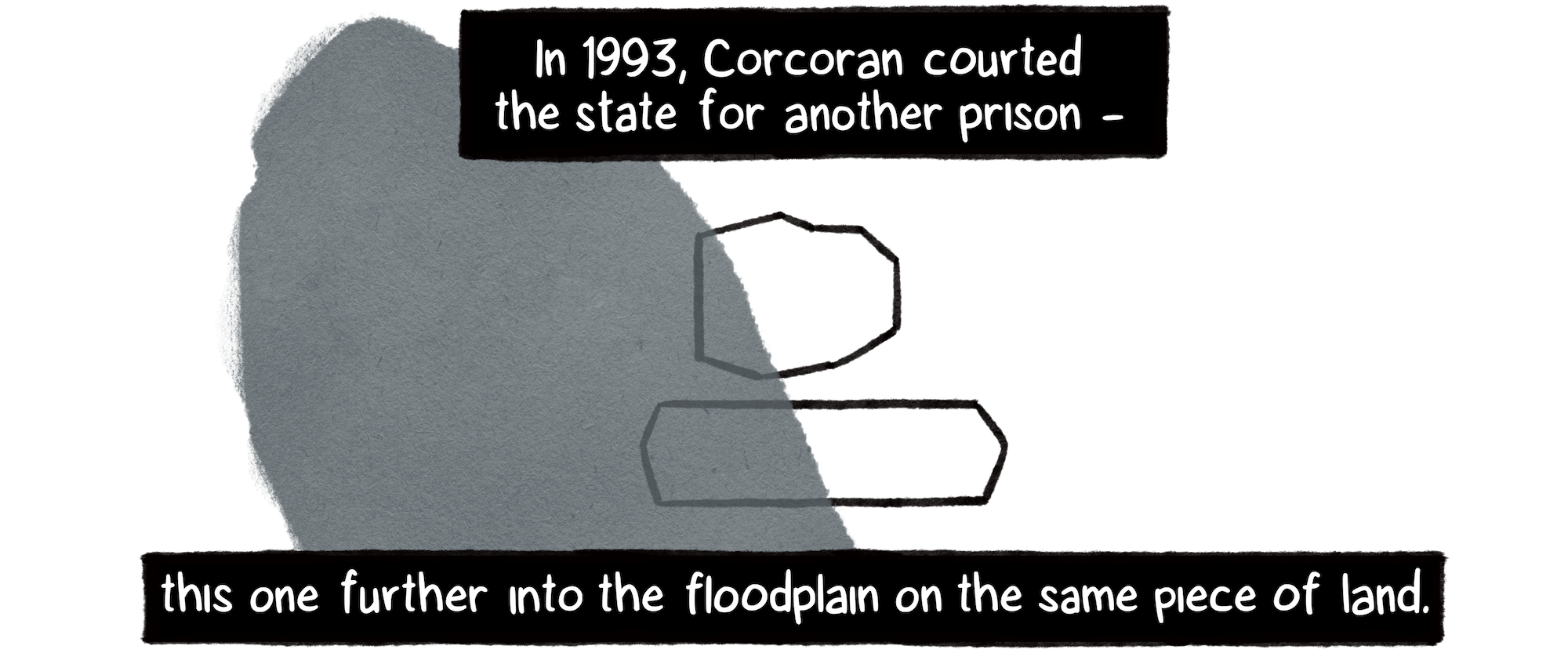

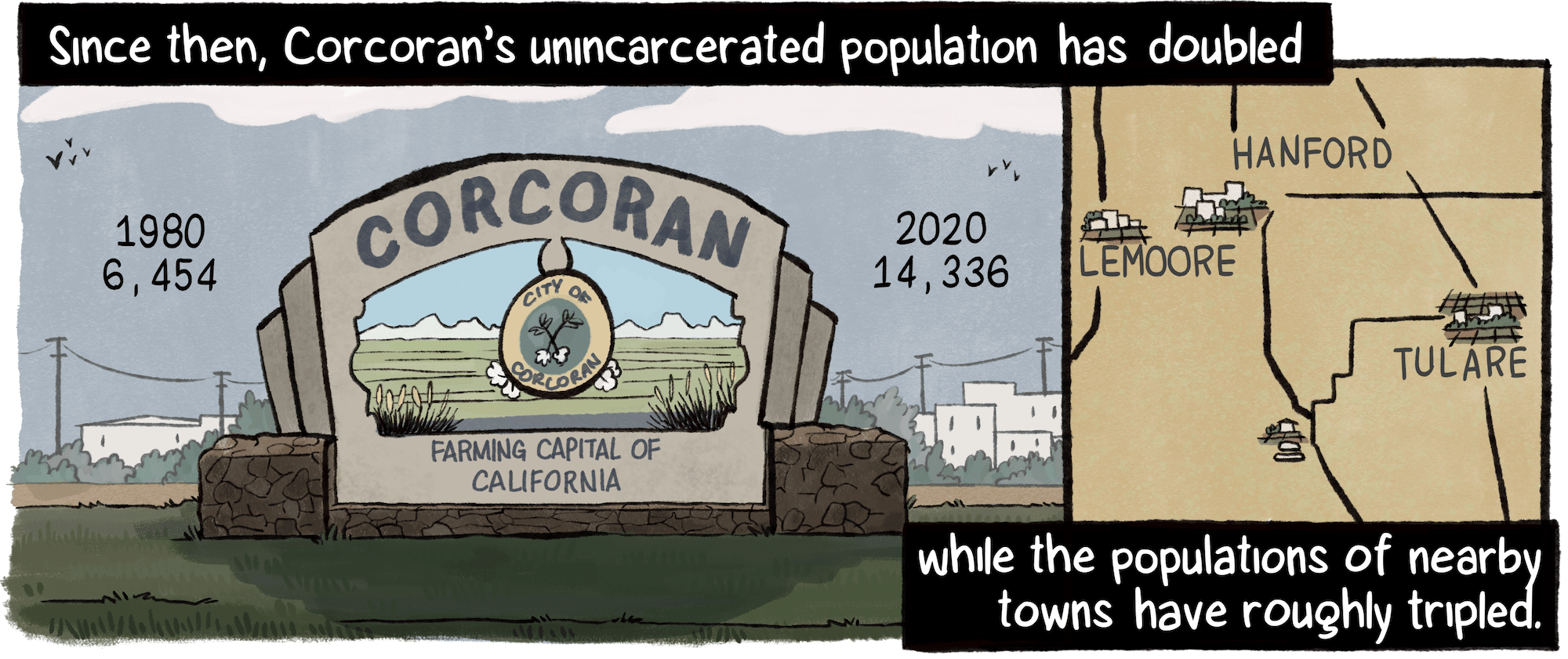
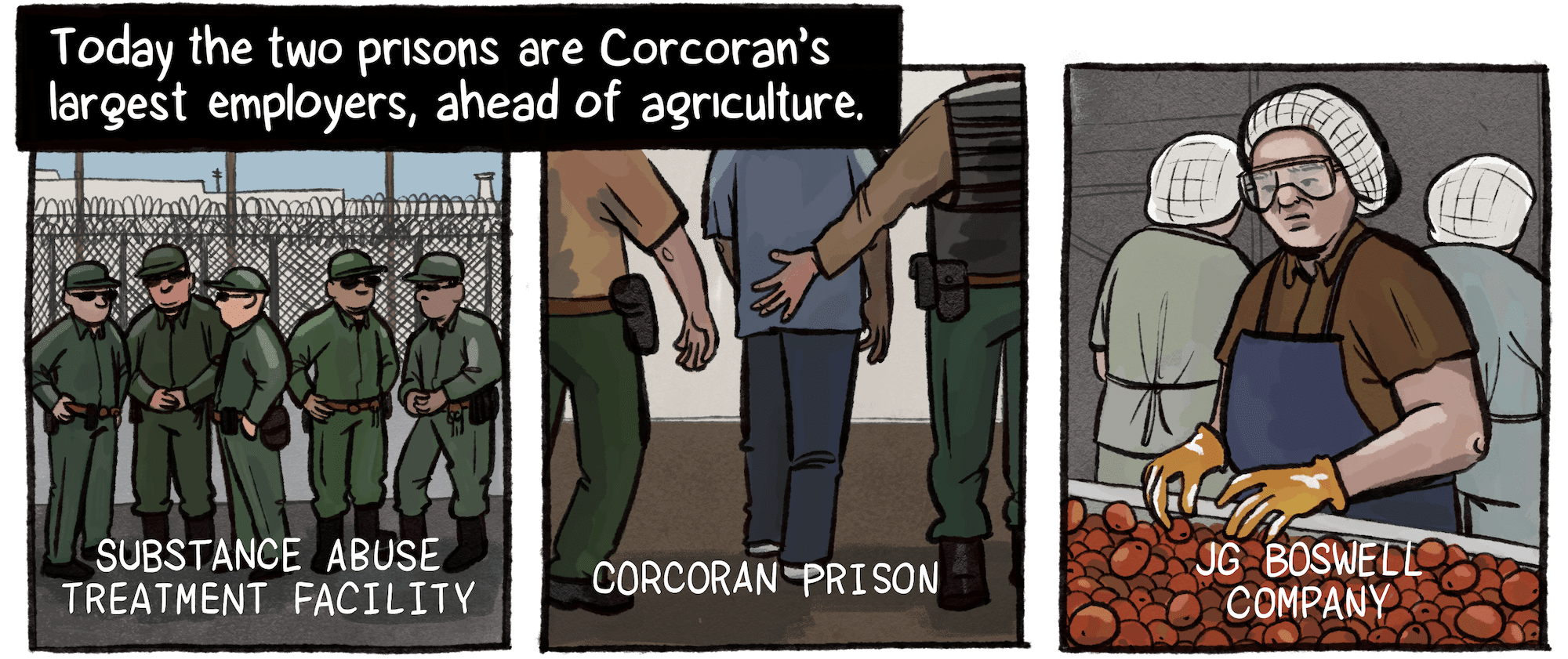
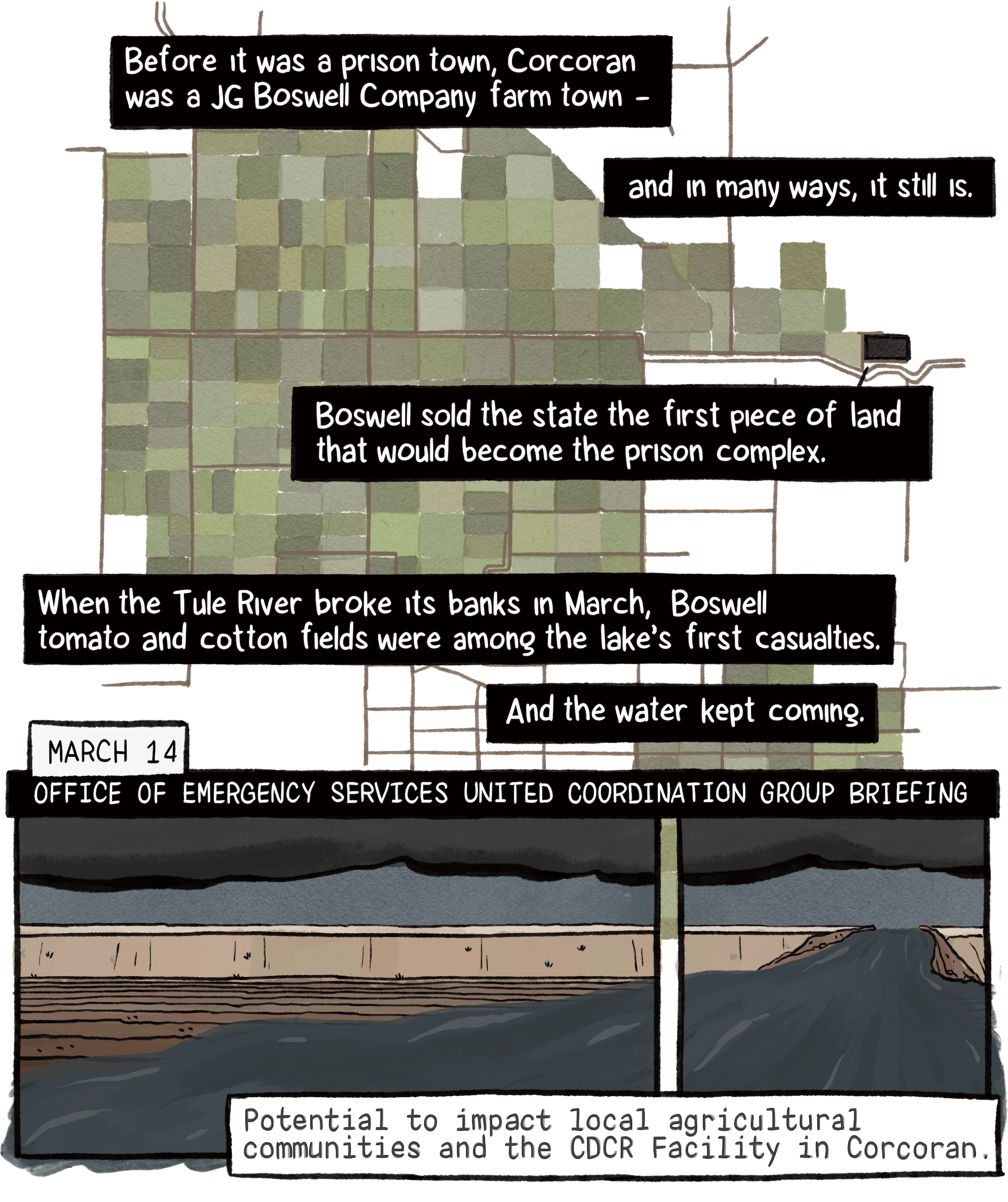
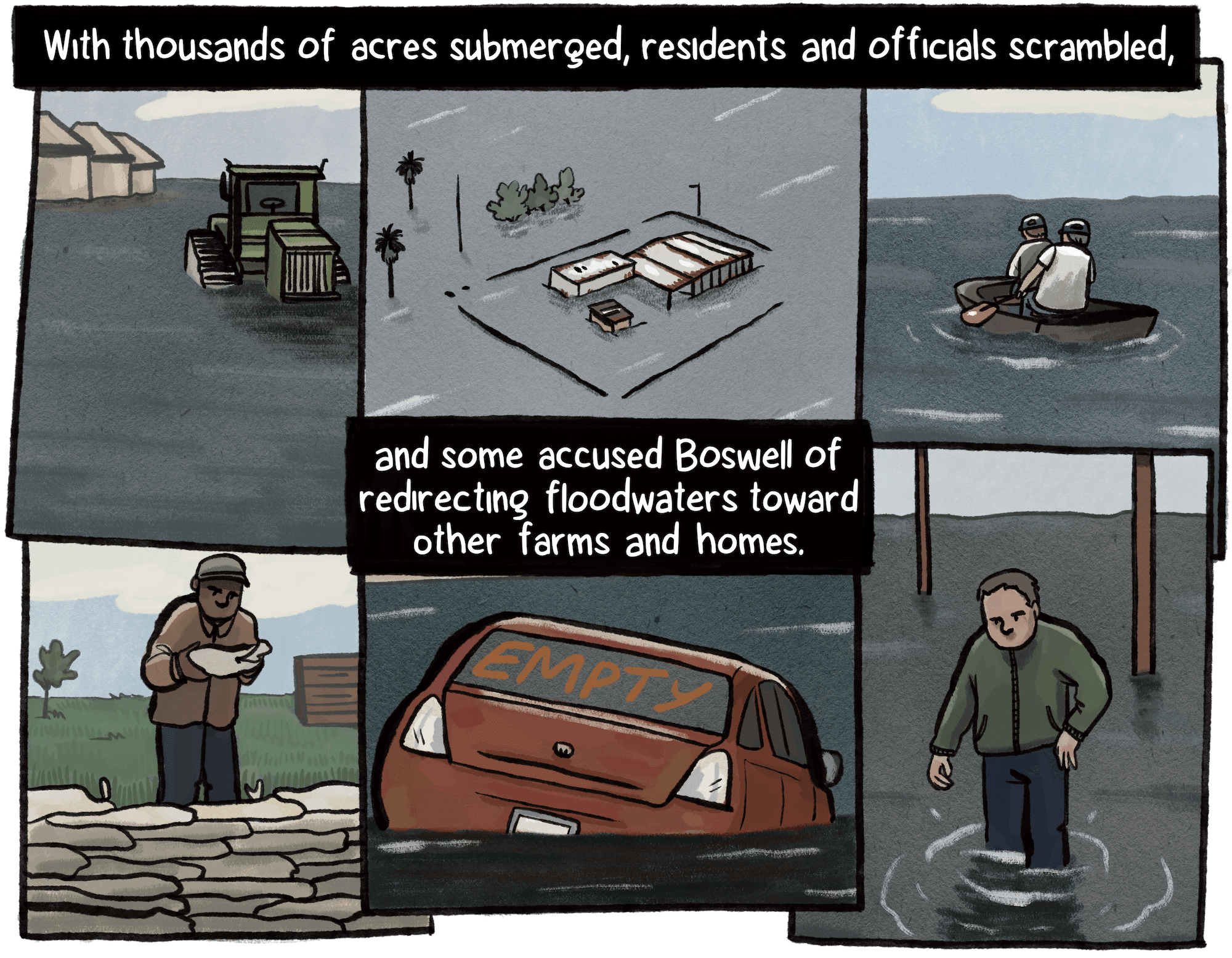


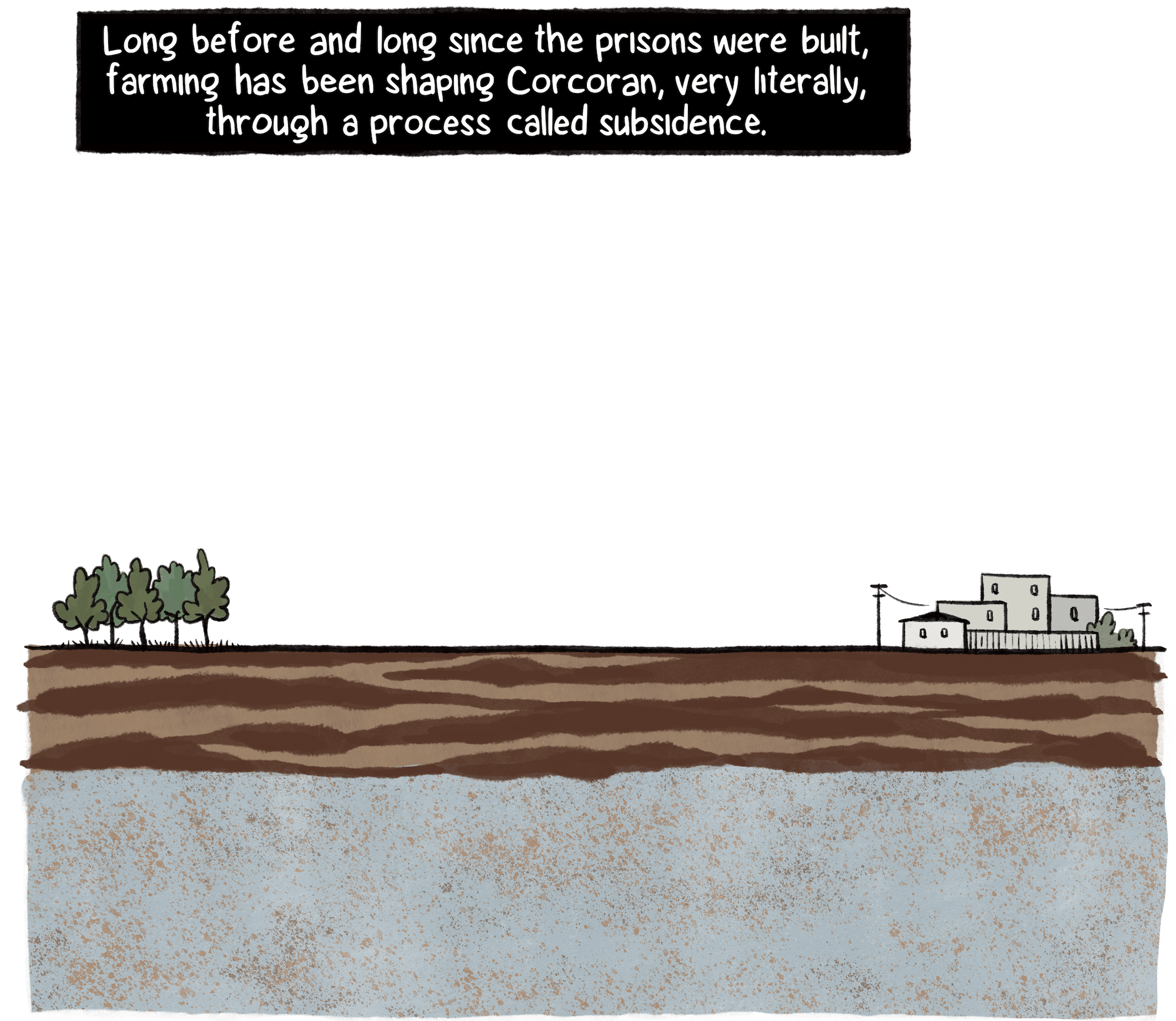

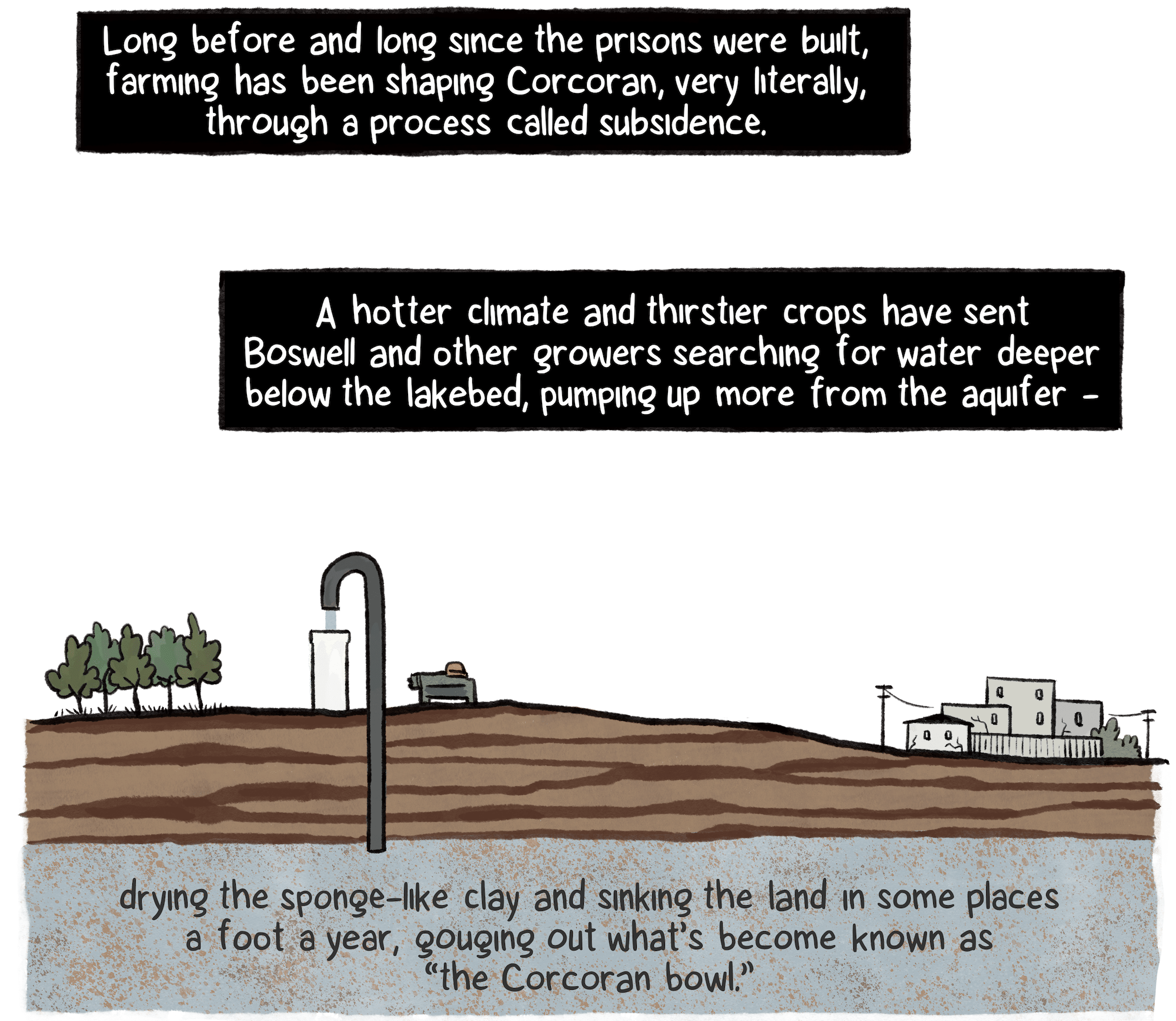
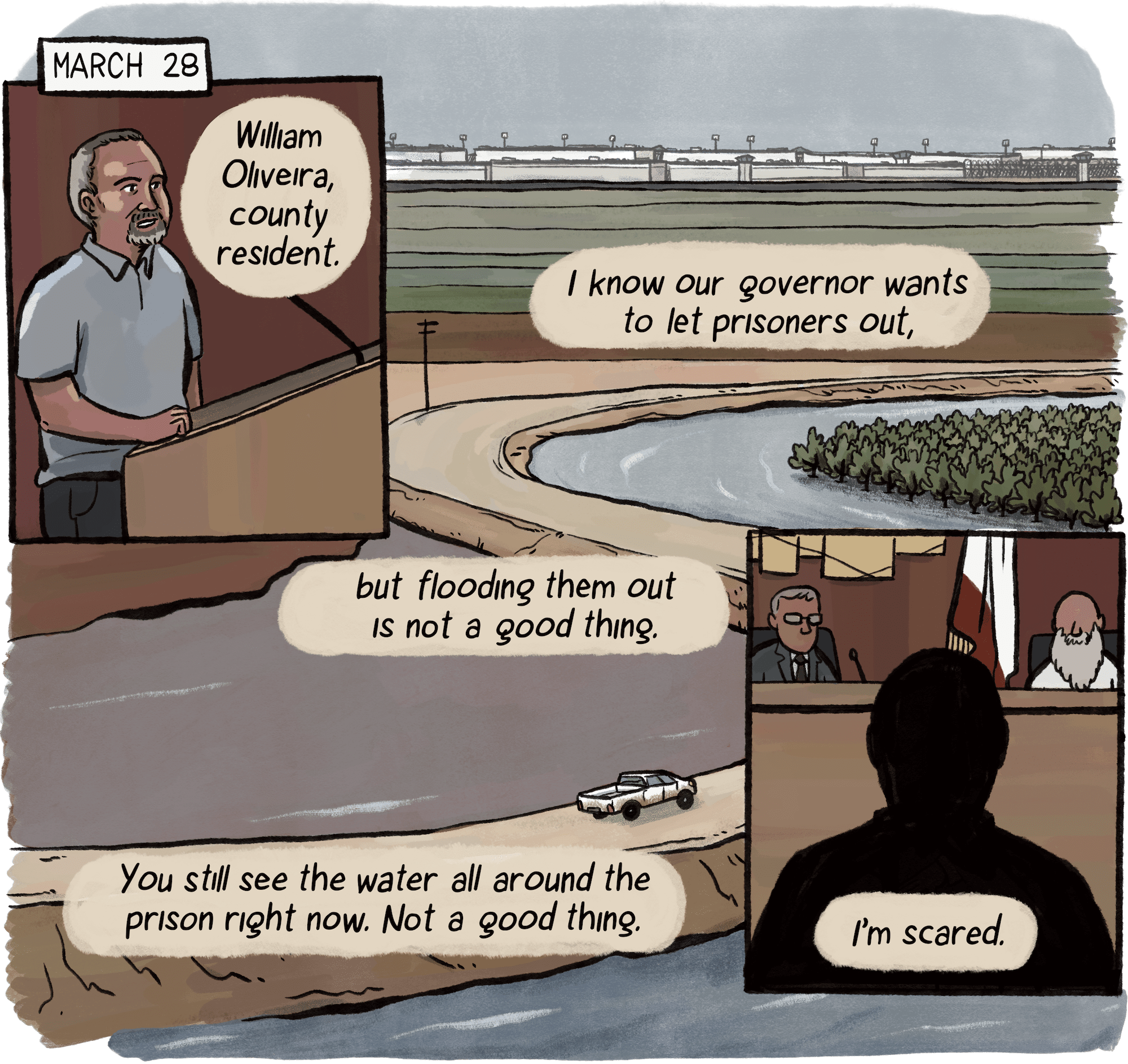

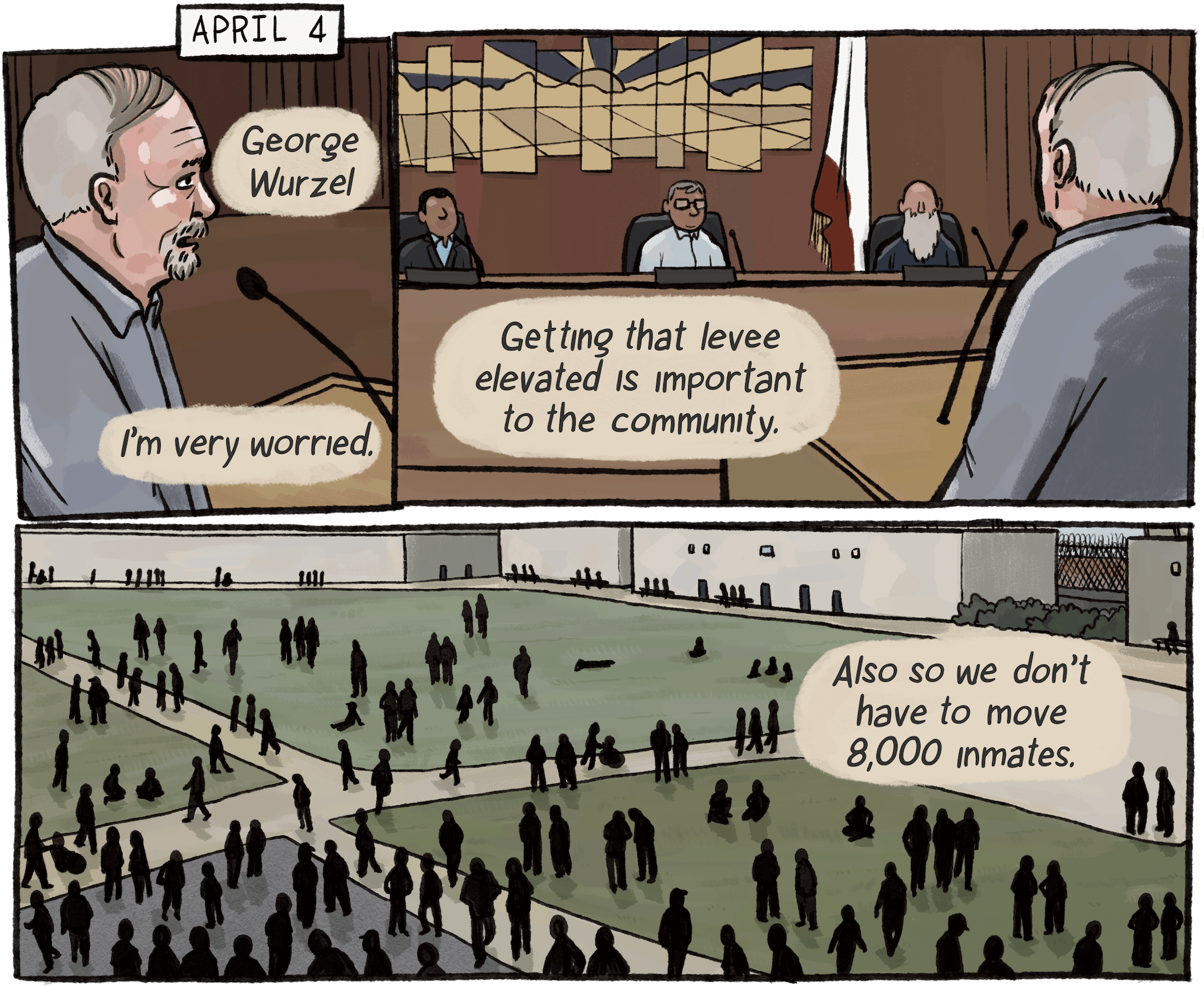
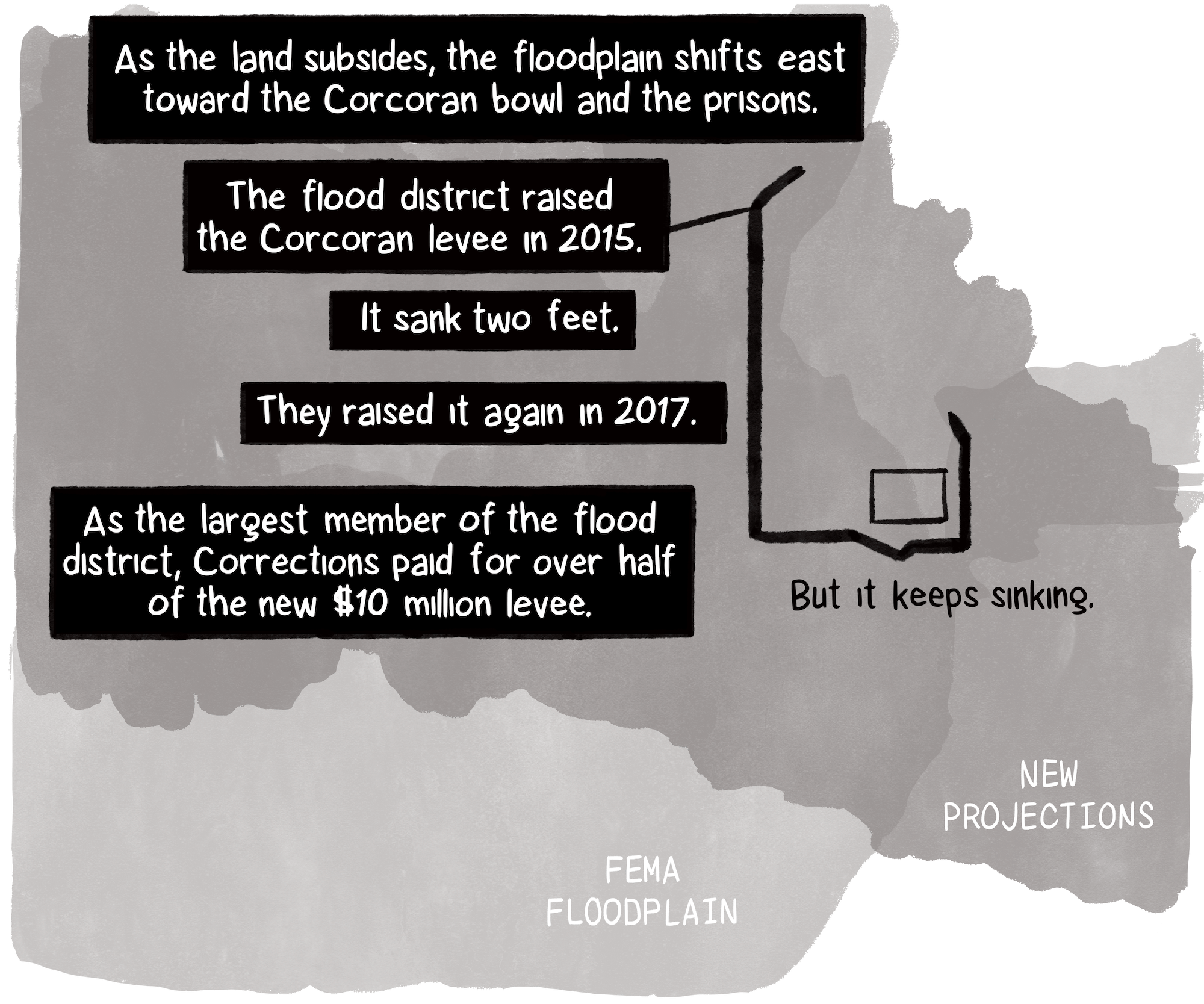

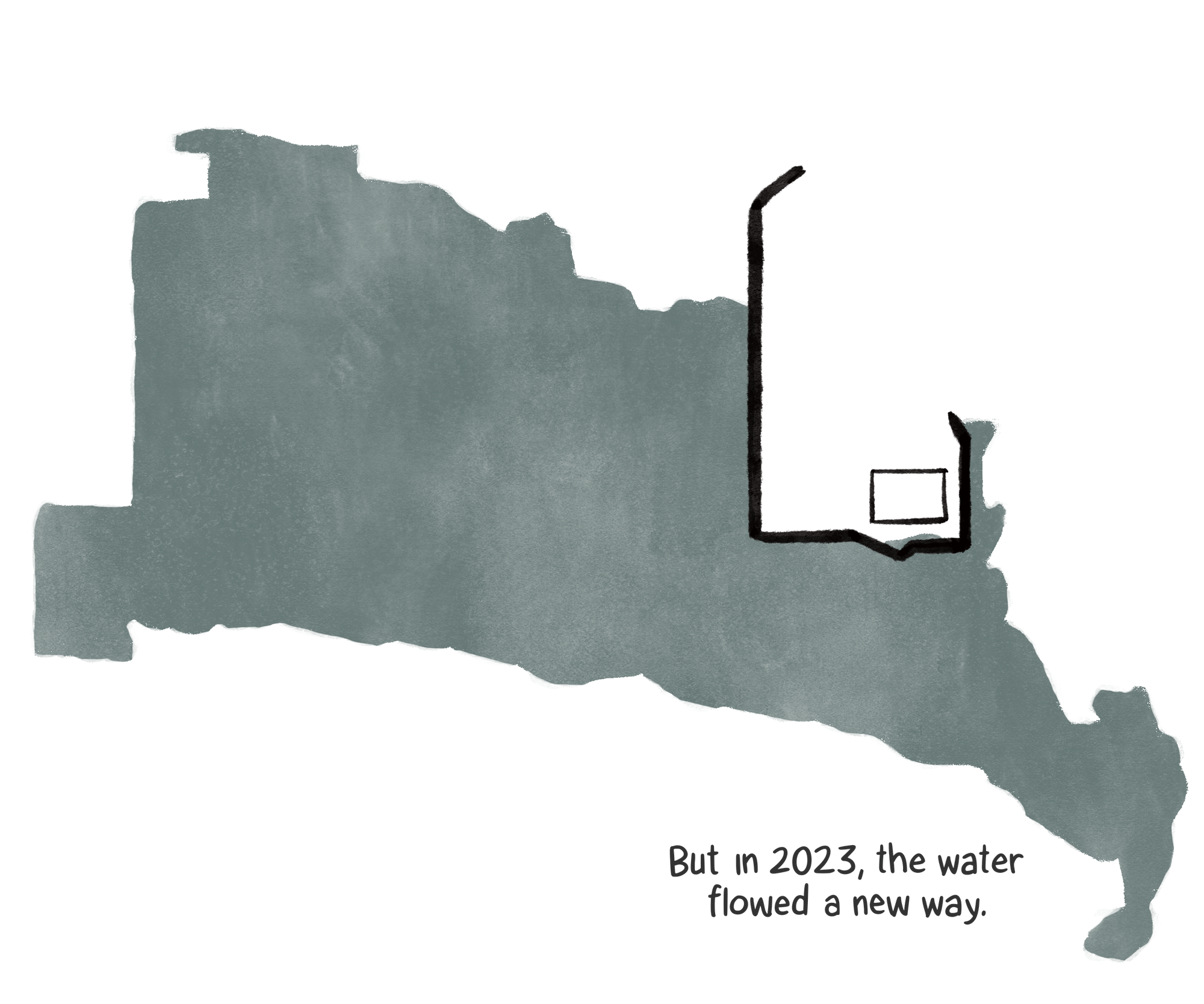
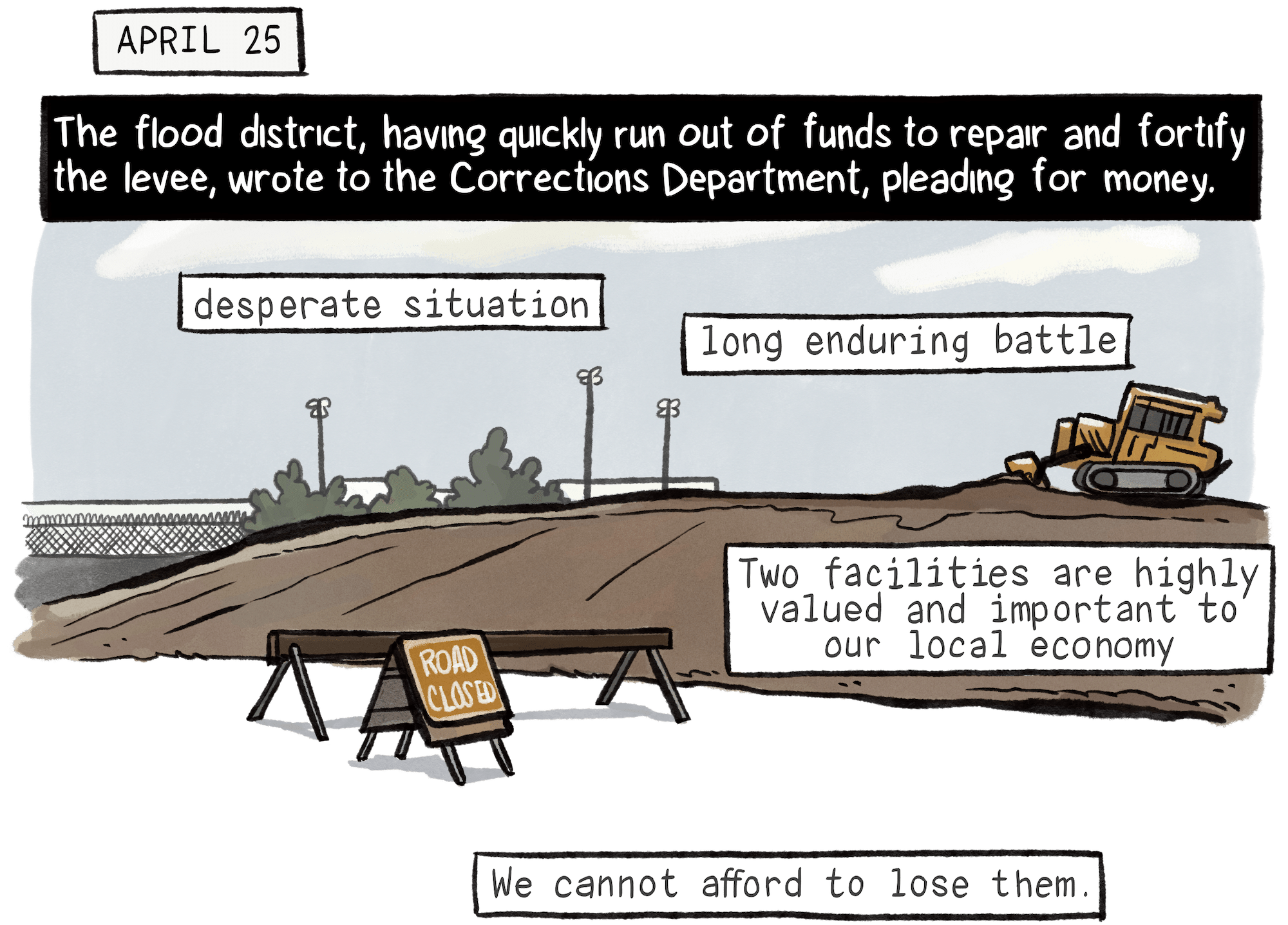
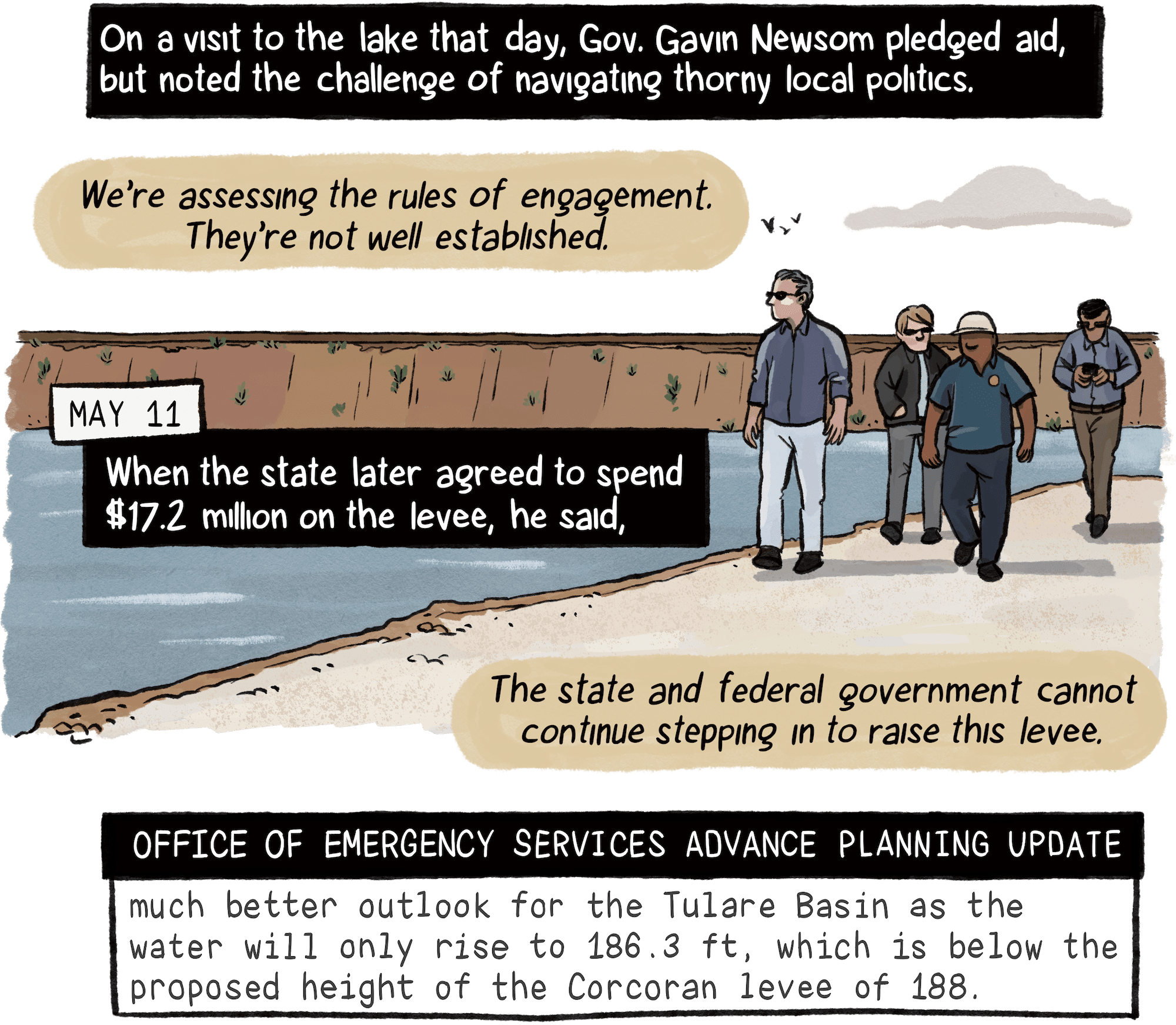
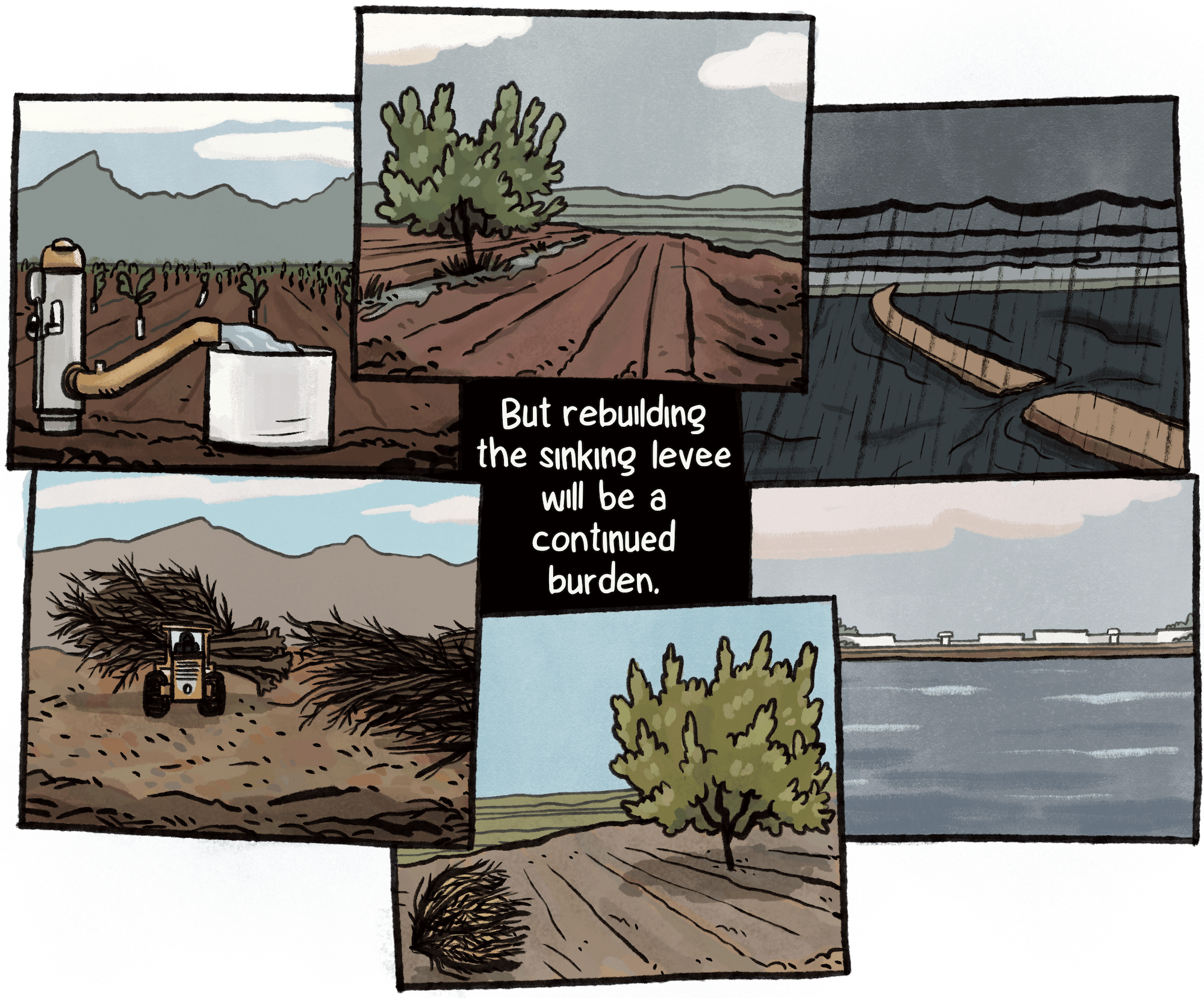
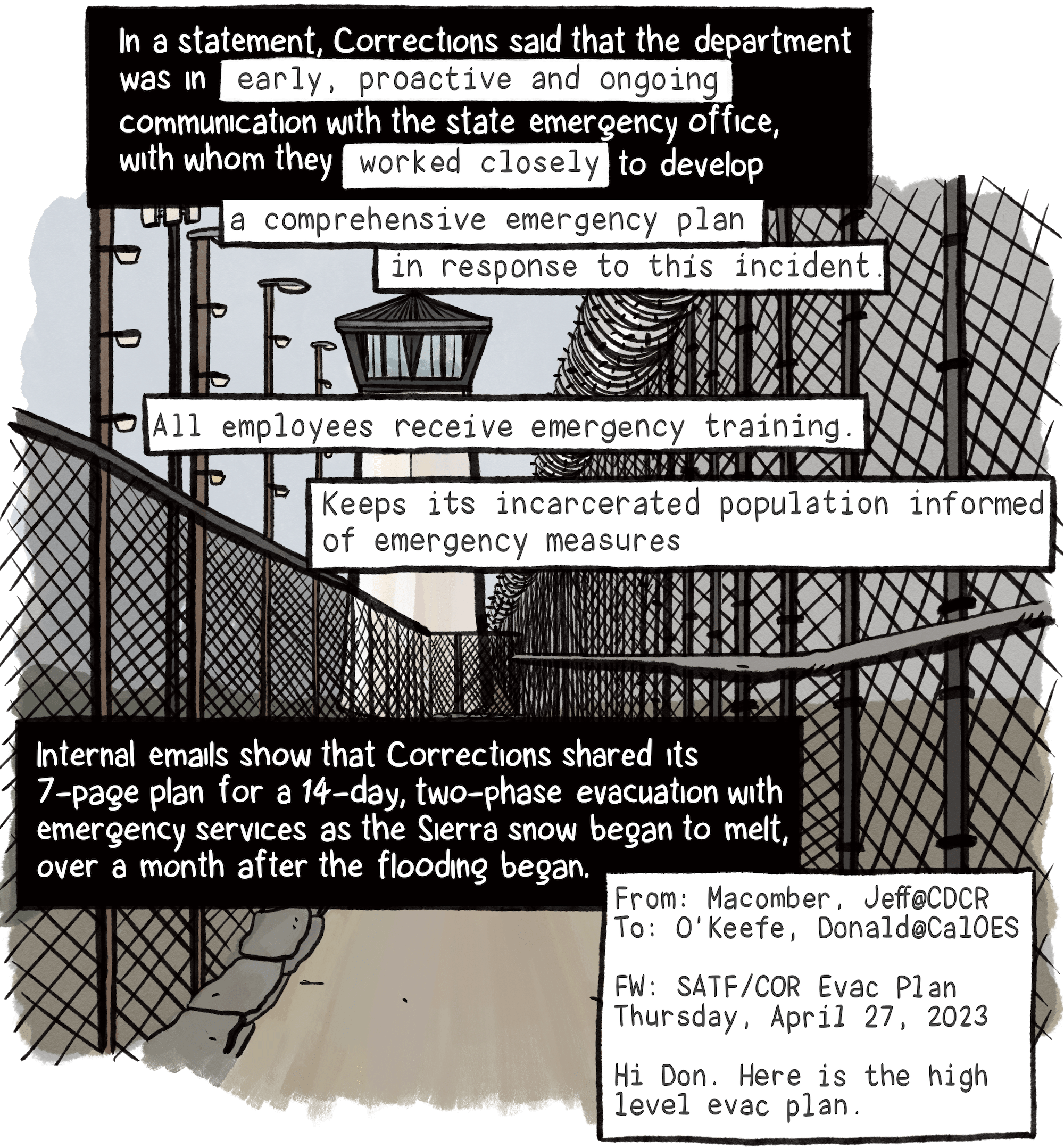


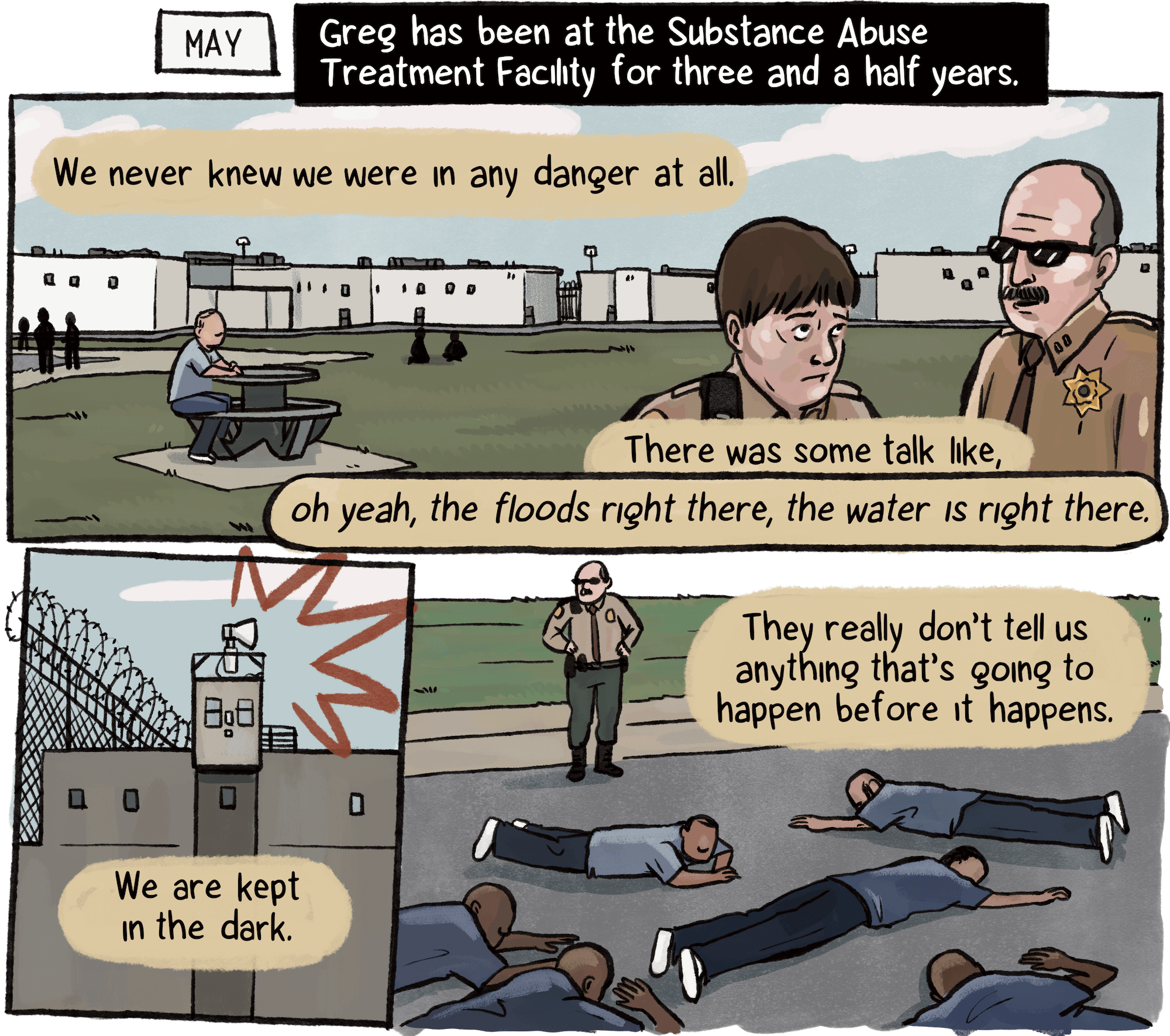
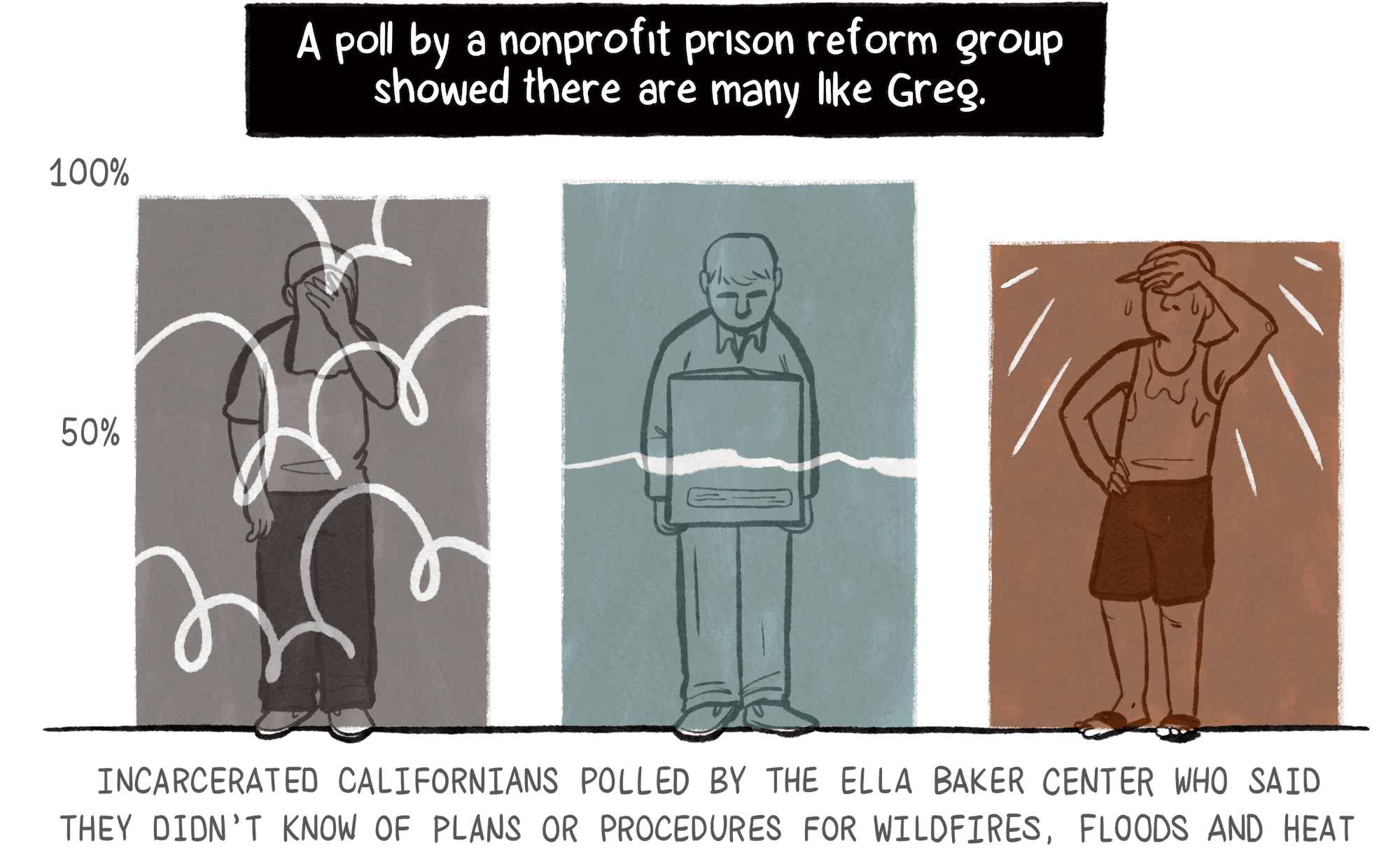
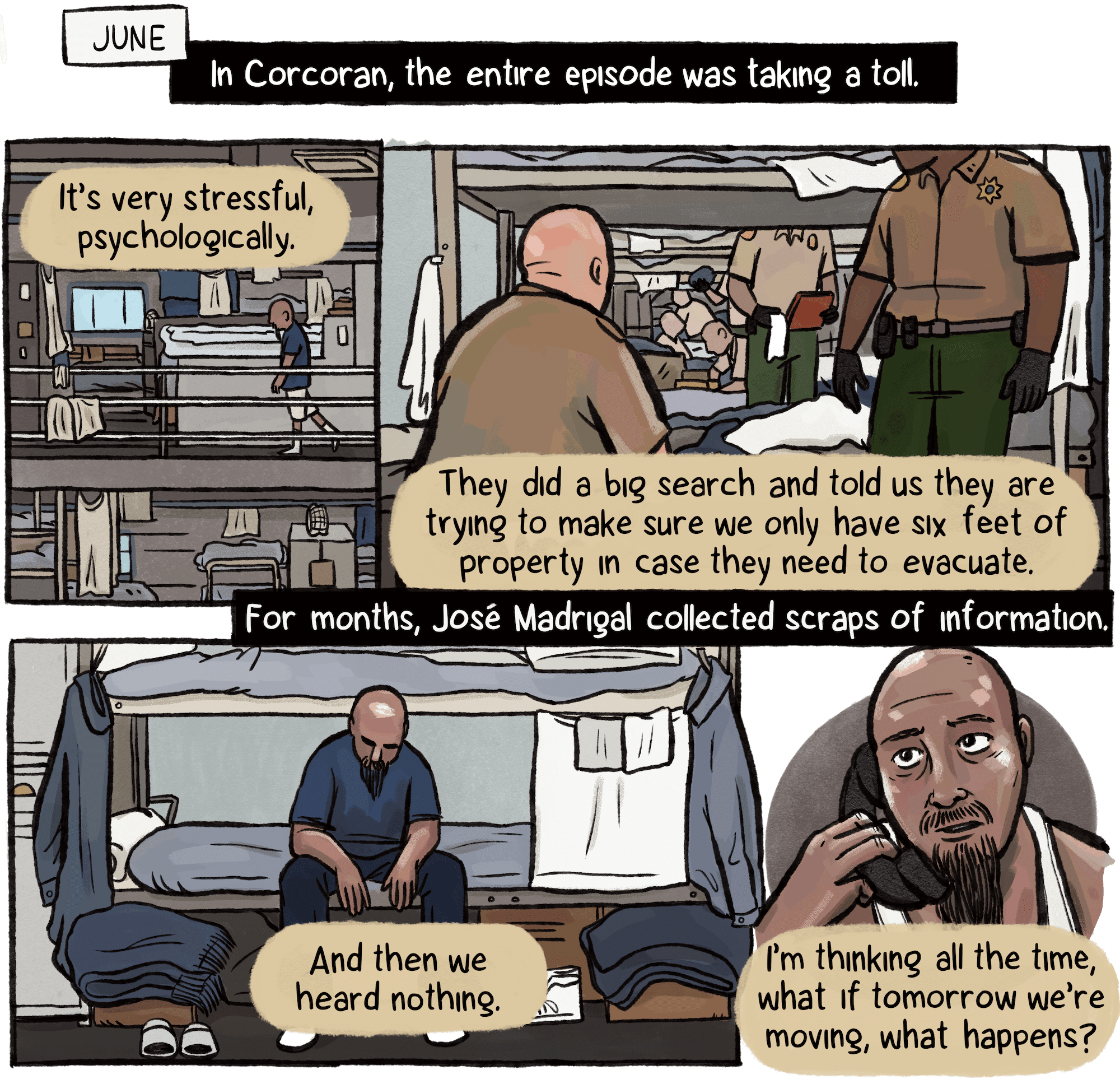

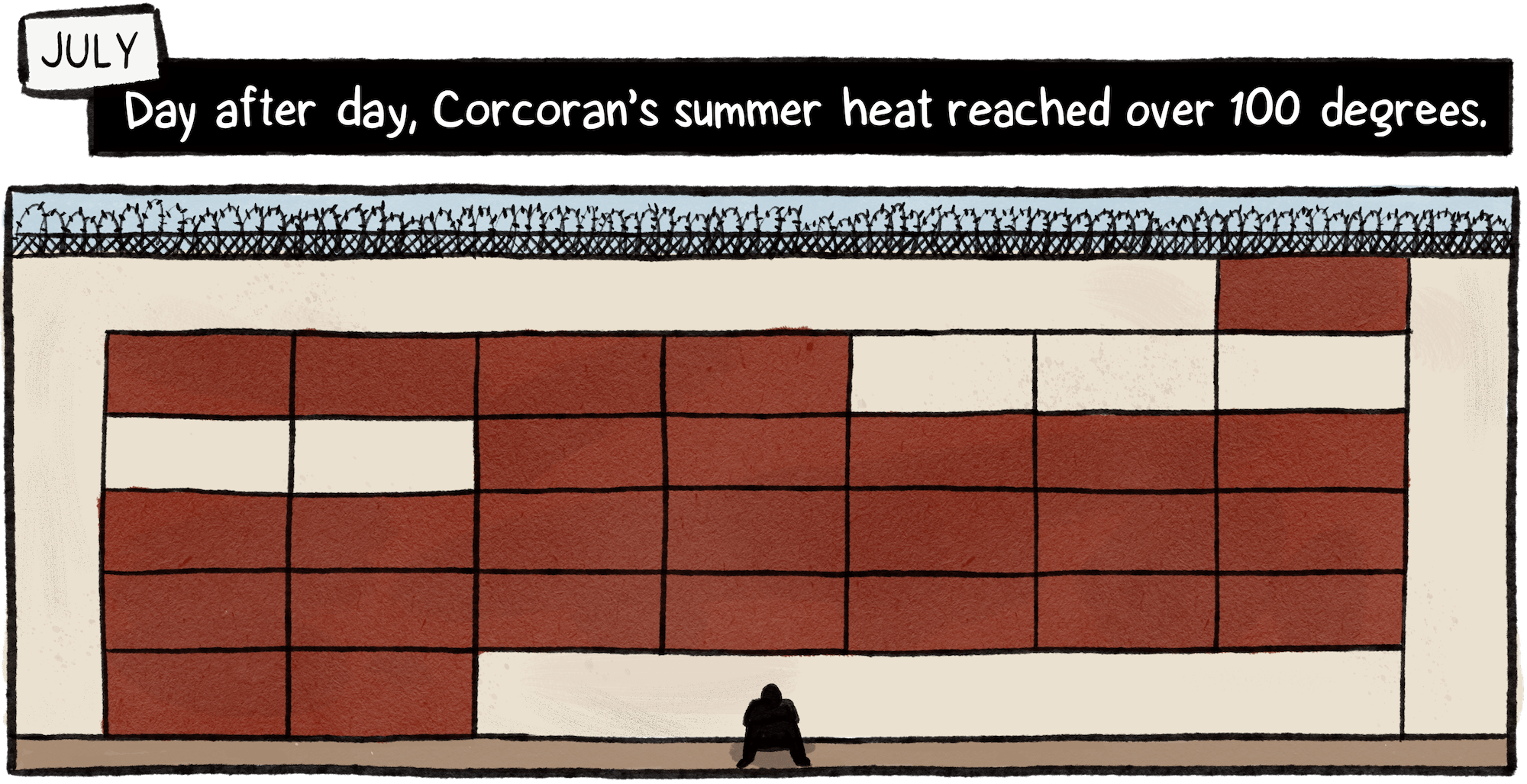
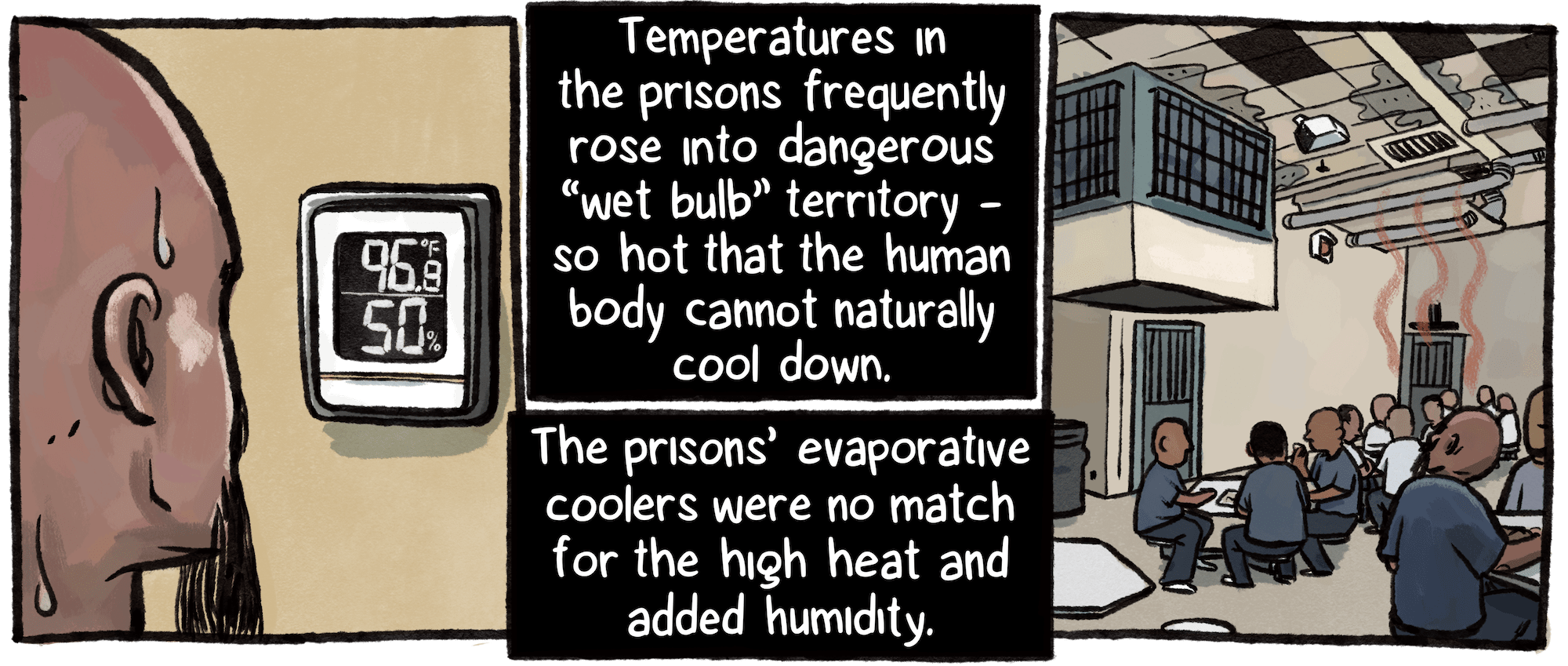

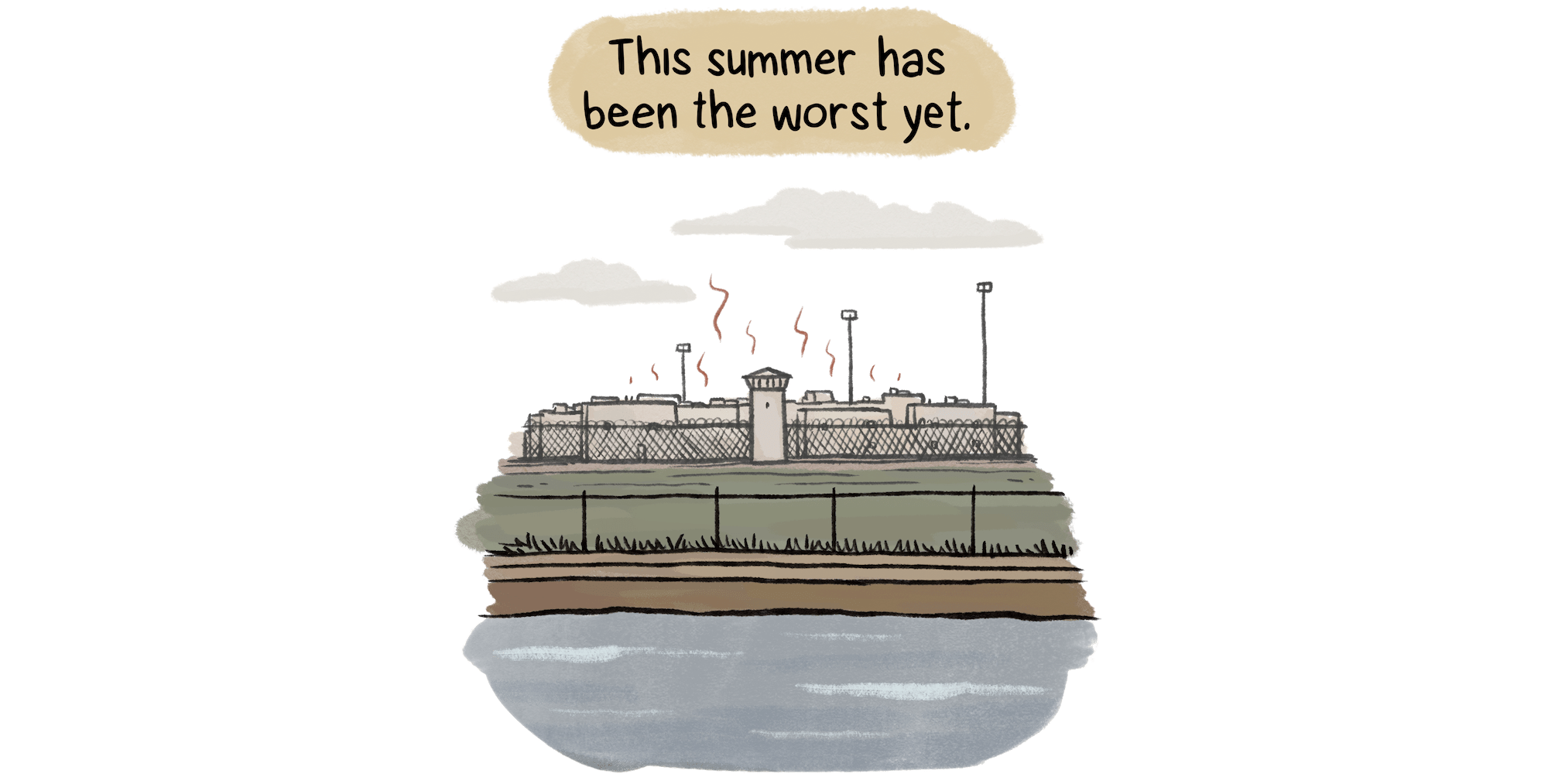

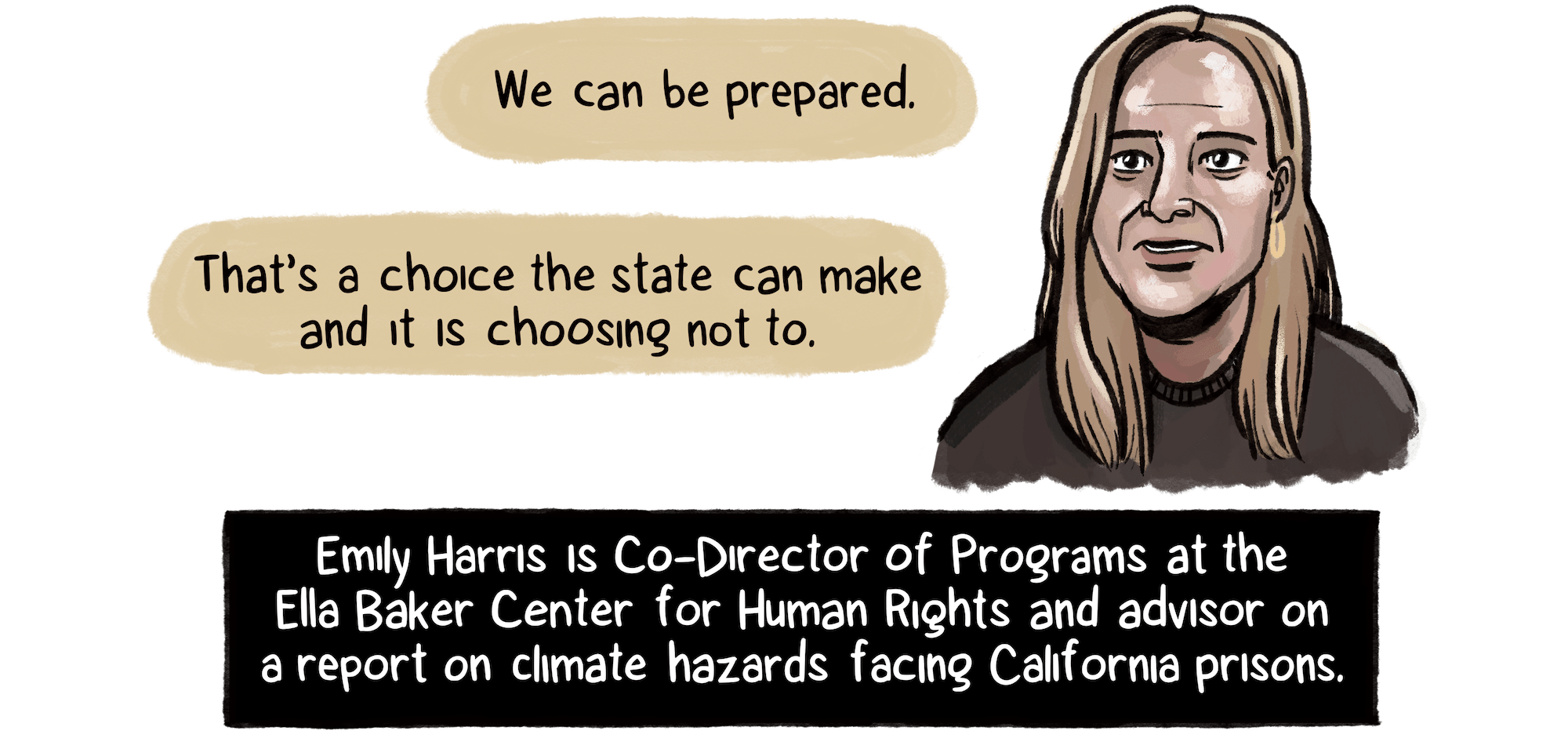
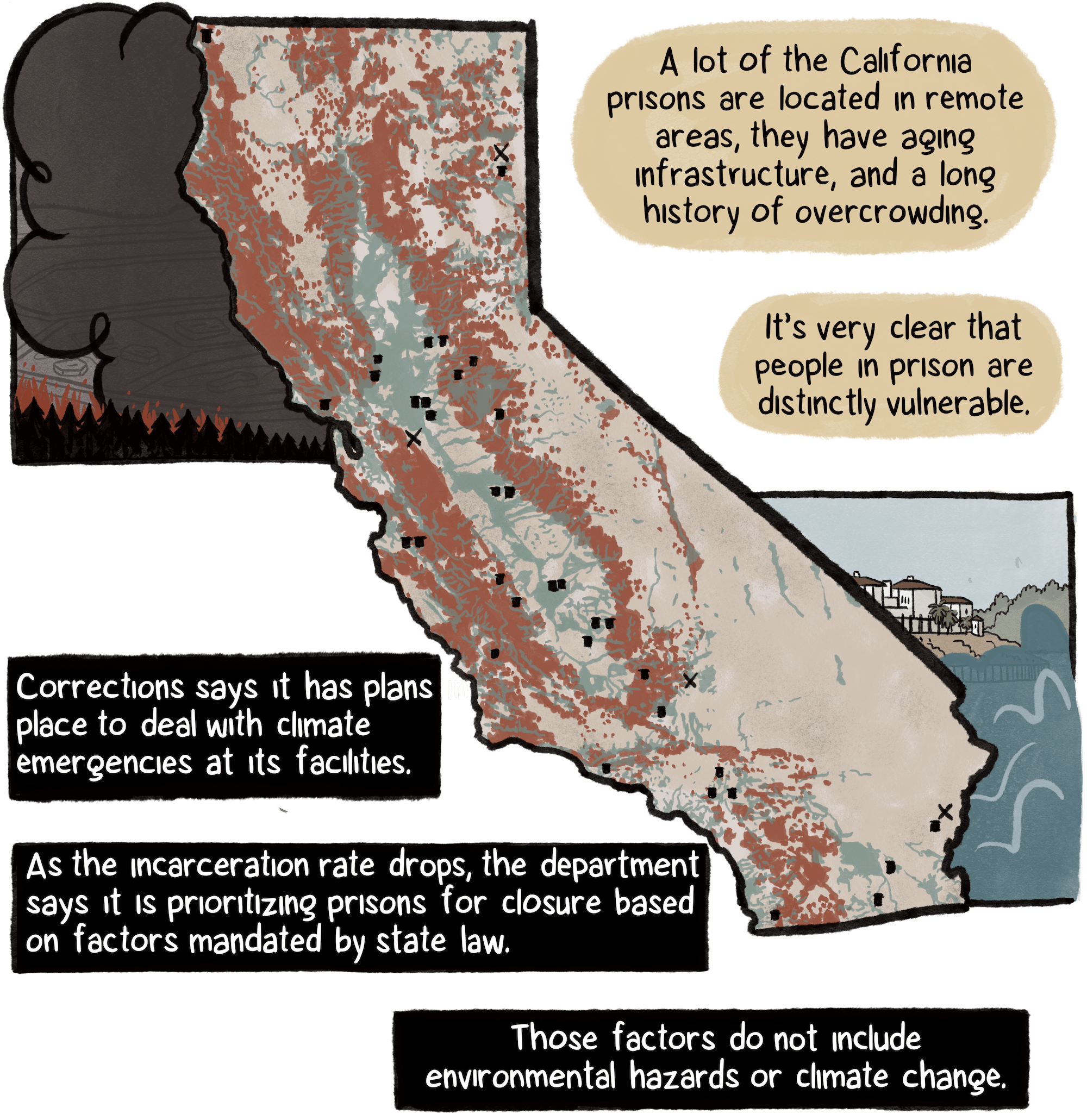
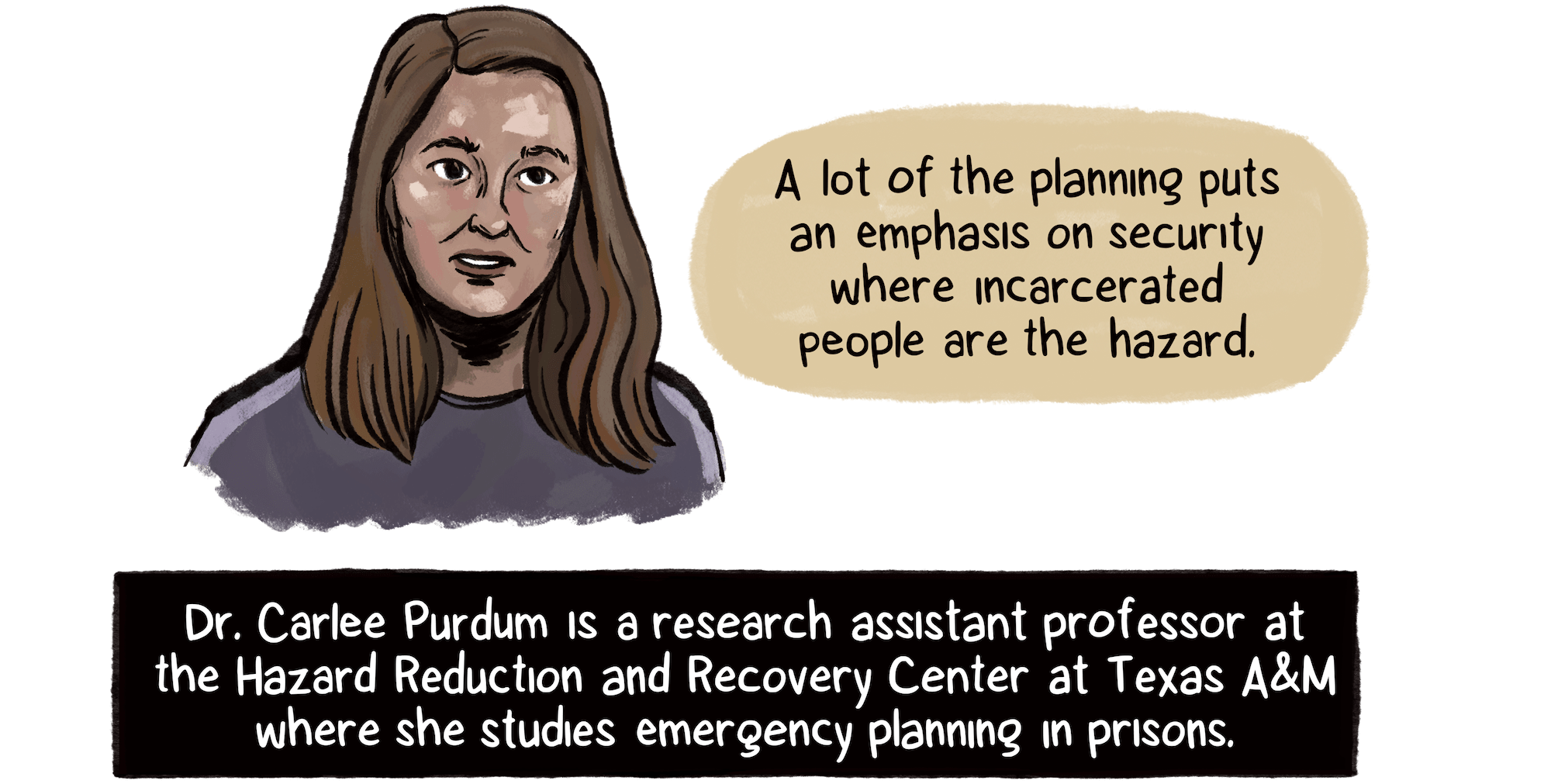
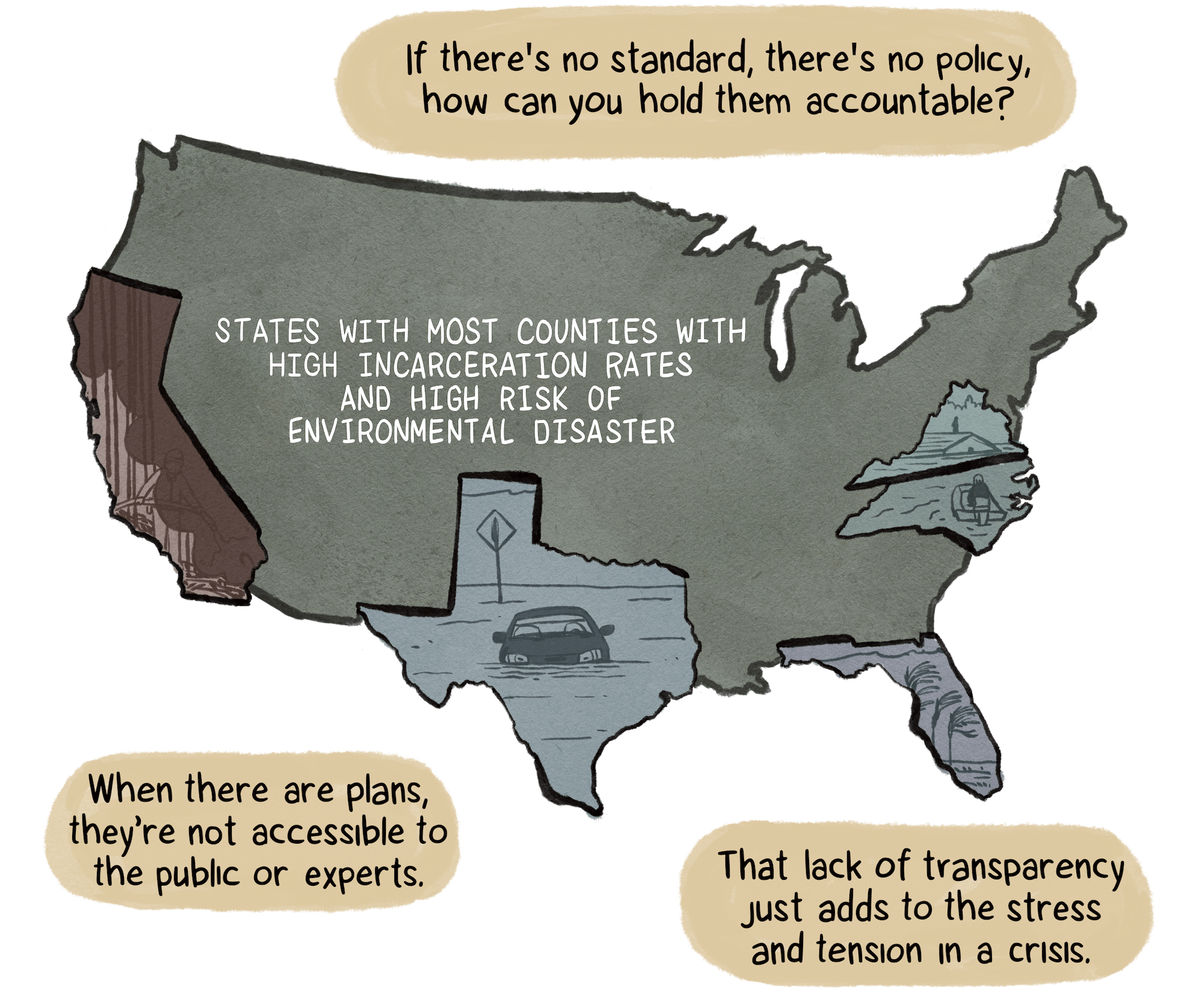
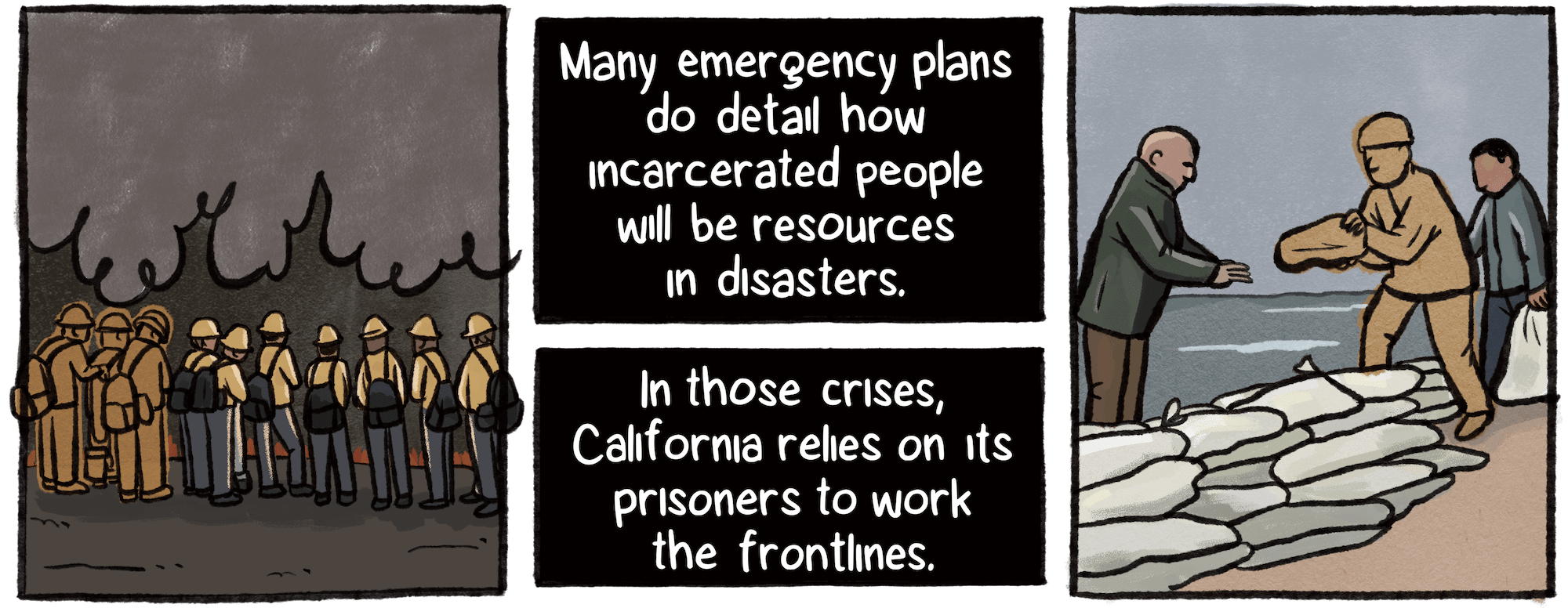
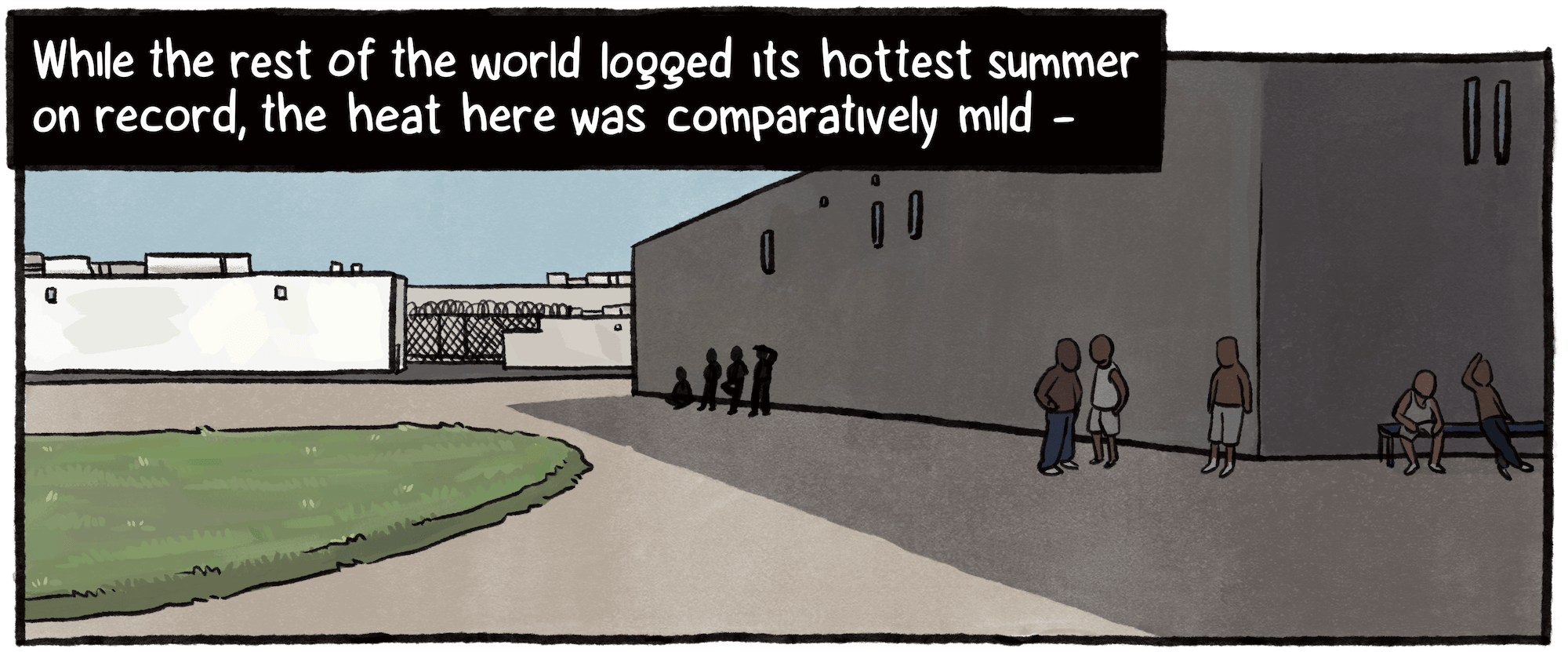




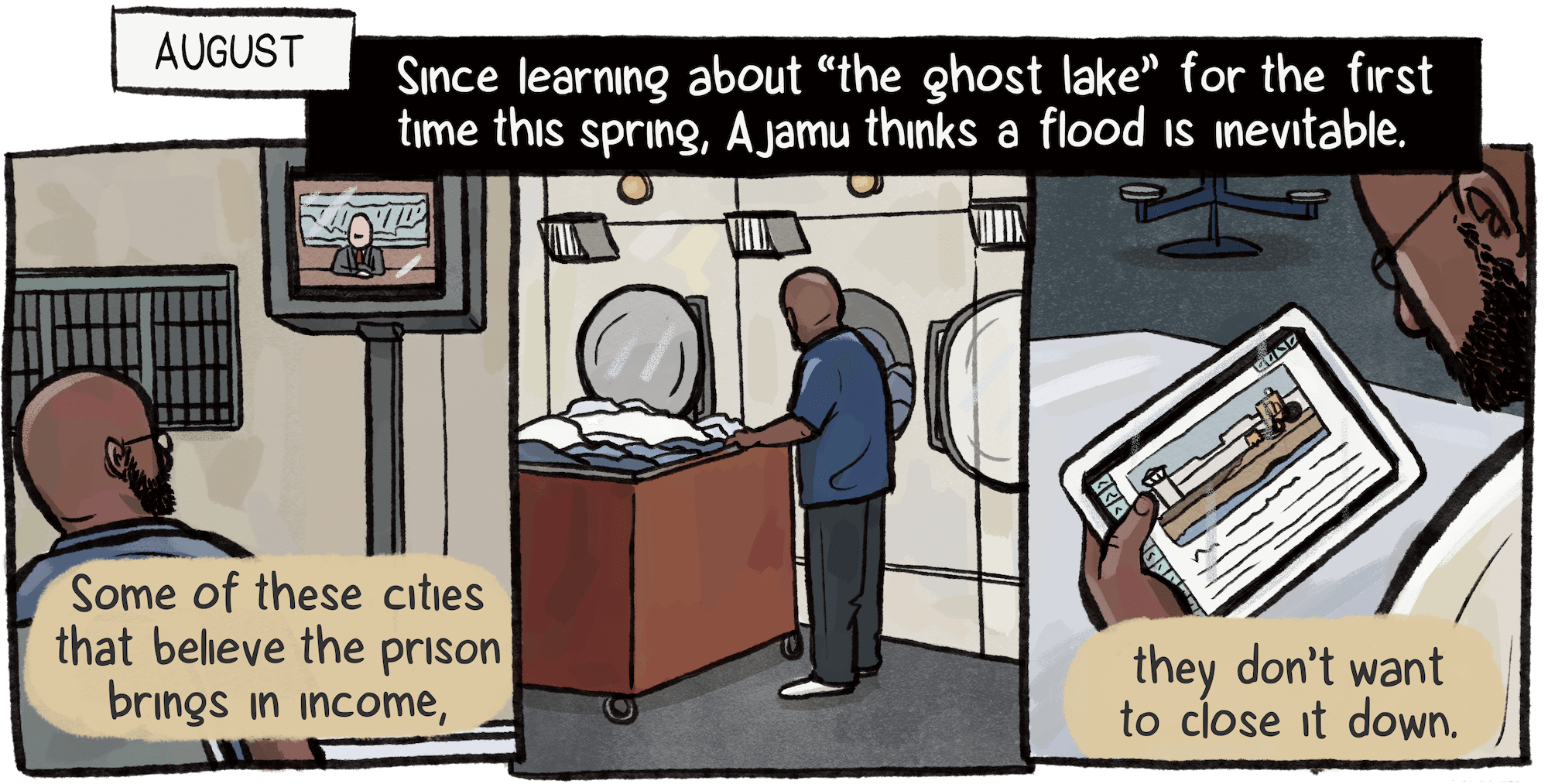


Illustrations and reporting by Susie Cagle. Cagle is a 2023 Alicia Patterson Foundation journalism fellow.
Ajamu spoke with TMP on the condition that his nickname, “Ajamu,” be used to identify him because he feared retribution for speaking out.
The landslide was stabilized by private contractors in the summer of 2022, but unprecedented flash flooding across eastern Kentucky on the morning of July 28 triggered the property’s second slide. While flooding is Kentucky’s most frequent and costly natural disaster, landslides — typically triggered by rainfall — follow close behind.
Precipitation and snowpack data from the California Department of Water Resources.
National analysis based on data from the Federal Emergency Management Agency and U.S. Census Bureau.
Floods and Droughts in the Tulare Lake Basin, by John T. Austin; Department of Water Resources.
School enrollment data, Hanford Sentinel, October 17, 1984; unemployment and lost city revenue, April 26, 1986.
Residents and officials at local meetings were quoted in the Corcoran Journal and the Fresno Bee, from 1984 to 1986.
“CEQA Exemption-Corcoran” notes dated July 5, 1985, authored by attorney Dick Skjeie, held at state archives. “We are not seeking to avoid having environmental impact studies. But we are seeking to try to speed up this process,” said Gov. George Deukmejian on July 17, 1985, The Los Angeles Times.
“A Pandora’s Box” and “would establish a dangerous precedent,” Kings County Grand Jury, June 13, 1985; “Given CDC’s sorry record in facility planning, is it wise policy to suspend all independent reviews of their planning?” Assembly Committee meeting notes on Senate Bill 146, August 26, 1985; “Potentially significant impacts,” “flooding,” “subsidence,” 1986 report by consultant firm Jones and Stokes assessing Corrections’ internal environmental review of the Corcoran project.
Vote count, McClatchy News Service, September 13, 1985.
Population counts, 1980 and 2020, U.S. Census Bureau.
“In 1985, the CDC bought the least desirable of the three parcels from the J. G. Boswell Company,” Golden Gulag by Ruth Wilson Gilmore. Boswell land ownership data, ParcelQuest.
Mark Grewal, former Boswell Company VP, calculated the flooded acreage using local flood district maps and observations, estimating the lake grew 10,000 acres each week in the initial flood phase.
Repeated attempts to reach Boswell officials for comment went unanswered.
2015 and 2017 levee work, Hanford Sentinel, August 30, 2017; “Ground Subsidence Study Report, Corcoran Subsidence Bowl,” Amec Foster Wheeler Environment & Infrastructure, 2017; 1969 and 1983 flood satellite images provided by Rob Hansen; 2023 flood map, California Department of Water Resources.
Greg, an incarcerated person at SATF, asked that his last name be withheld because he feared retribution for speaking to a reporter.
José Madrigal spoke with TMP over the course of several months in the late spring and summer.
Daily temperatures, National Weather Service station in Hanford, California.
Fire risk depicted is sourced from CalFire 2023 maps; floodplains sourced from FEMA; prison locations, with “X” marking facilities being closed or in process of being closed, California Department of Corrections and Rehabilitation.
“Overlapping Crises: Climate Disaster Susceptibility and Incarceration” study published in 2022, based on data from FEMA and The Marshall Project.
Climate scientist Daniel Swain “office hours” on YouTube, July 10, 2023.
This story was originally published by Grist with the headline In California, climate chaos looms over prisons — and thousands of prisoners — in a lake bed on Oct 24, 2023.
As the upcoming United Nations climate conference promises infighting and deadlock, the world’s leading energy forecaster is delivering both good and bad news. The good? The green transition is “unstoppable,” according to the International Energy Agency, or IEA. The bad? Even a shift away from fossil fuels as dramatic as what’s already underway won’t be enough to meet the world’s targets for limiting global warming.
Overall, the IEA, an advisory body set up in the wake of the 1973 oil price shock, is painting an optimistic picture of the next few decades. The agency estimates that based on current policies, global fossil fuel use will peak by 2030 and then decline continuously afterward — particularly coal, which is poised to drop about 40 percent over three decades — despite continued growth in the world’s population. Offshore wind projects alone will receive three times as much funding as coal and gas power plants, and the number of electric cars on the road will increase tenfold. With these monumental shifts underway, limiting global temperature increase to the 2016 Paris Agreement’s target of 1.5 degrees Celsius (2.7 degrees Fahrenheit) remains a possibility — though it is far from guaranteed, especially without significant investments in just the next 10 years.
These projections are part of the IEA’s World Energy Outlook, an annual report summarizing the state of the global energy market and its future. The report lays the groundwork for negotiations at COP28, the annual United Nations climate change conference that will be held in Dubai at the end of November.
“The transition to clean energy is happening worldwide, and it’s unstoppable,” said Fatih Birol, the agency’s executive director, in a press release. “It’s not a question of ‘if’, it’s just a matter of ‘how soon’ — and the sooner the better for all of us.”
This year’s report marks the first time that the IEA’s energy outlook report has projected a peak in fossil fuel consumption. Still, the report warned that, under current policies, demand for fossil fuels is ultimately too high to keep warming under 1.5 degrees Celsius, the internationally agreed-upon benchmark to avoid the most catastrophic effects of climate change. Under the current trajectory, the agency estimates that global average temperatures will increase 2.4 degrees Celsius by 2100.
In order to meet the Paris Agreement target, the report calls for an accelerated transition to renewables and the phaseout of fossil fuels. It lays out specific goals for world leaders at COP28, including tripling renewable energy capacity and financing for renewables, doubling the rate of energy efficiency improvements, cutting methane emissions from fossil fuel operations by 75 percent, and ending approvals for coal power plants that do not utilize methods to capture carbon dioxide. Most importantly, the report calls for “the orderly decline in the use of fossil fuels.”
“The speed at which emissions decline will hinge in large part on our ability to finance sustainable solutions to meet rising energy demand from the world’s fast-growing economies,” Birol said. “This all points to the vital importance of redoubling collaboration and cooperation, not retreating from them.”
The report highlights major shifts in China’s economy as a potential driver of decreasing coal use and carbon emissions. The country is the world’s largest producer and consumer of coal, and the agency projected that energy production from China’s coal-fired power plants will peak around 2025 and decline by 2030, as the country’s reliance on coal for bulk power decreases.
The pace and scale of reductions in coal consumption is uncertain, the report notes, and the degree of decrease depends on the pace of renewables growth. China is a leader in renewables manufacturing and is the largest producer of solar panels, wind technologies, batteries, and heat pumps. Decreases in the country’s coal use depend on its ability to further scale up the production and use of these technologies, the report notes.
The IEA also warns of a “glut of gas supply.” Beginning in 2025, an “unprecedented surge” in liquefied natural gas projects — primarily in the United States and Qatar — is set to increase the global supply by 50 percent. The dramatic increase in liquified natural gas supply will assuage energy security concerns that arose in the aftermath of Russia’s invasion of Ukraine and the subsequent spike in oil and gas prices. But investments in fossil fuels are double what they should be for the world to reach net-zero emissions, according to the IEA, and “this creates the clear risk of locking in fossil fuel use and putting the 1.5 degrees C goal out of reach.”
Climate justice advocates have been fighting such investments in Africa. In the wake of the invasion of Ukraine, fossil fuel companies have rushed to develop oil and gas on the continent — most of which is earmarked for Europe.
“This is not for Africa’s energy security,” said Fadhel Kaboub, an associate professor of economics at Denison University and president of the public policy think tank The Global Institute for Sustainable Prosperity. “This is for Europe’s energy security. This is yet another attempt to lock the African continent at the bottom of the economic scale with obsolete technology, obsolete sources of energy, and dangerous distractions that don’t serve the interests of the continent and don’t serve the interests of the planet.”
This story was originally published by Grist with the headline New IEA outlook: With renewable energy ‘unstoppable,’ fossil fuels will peak by 2030 on Oct 24, 2023.
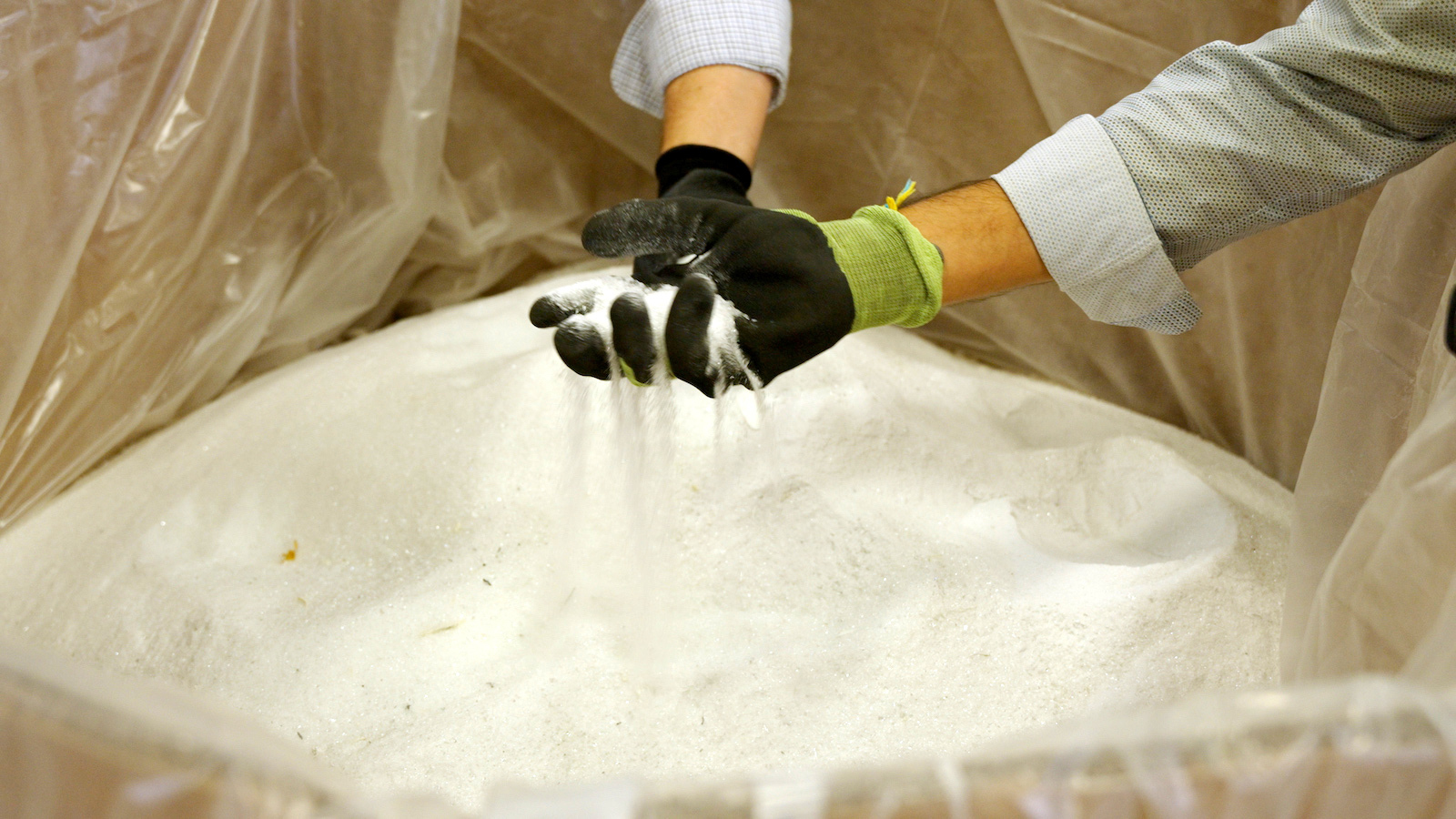
This coverage is made possible through a partnership with Grist and Interlochen Public Radio in Northern Michigan.
In 2019, the nonprofit Michigan Energy Options had just put up a solar farm in the city of East Lansing — in a dump.
“It was a closed dump,” said John Kinch, the solar company’s executive director. “There was grass and some flowers and weeds growing there. “
As part of the project, Kinch and his colleagues restored the land around the newly installed panels.
“We took all the junky grasses and things that were not native, got rid of it all and planted all native prairie and wildflower species to Michigan,” he said. “It’s a beautiful sight right now.”
But one day, Kinch was out there admiring the work, when a thought entered his mind: “Holy cow, when we’re done with this project, am I going to remove a thousand solar panels from a landfill and go put them underground in a landfill somewhere else?”
The world is seeing a huge push for solar power. But what happens when those panels wear out?
About 12 years ago, a woman named Annick Anctil was working at the Brookhaven National Laboratory in New York. She was researching the environmental impact of solar, and she became interested in making this renewable energy more sustainable.
At her next job, she decided to go further: “The first thing I did when I started in academia after my postdoc was to write a proposal about looking at the end of life of solar modules and the need for recycling and sustainability.”
But, she said, other people weren’t on board.
“The response to that proposal was just, ‘Well, that’s not a problem. And it’s not going to be a problem for a long time. So we’re not going to fund that,’” she recalled.
Anctil submitted another proposal a few years later, and was rejected again.
Around that same time, interest in solar waste was starting to pick up. The country was installing panels at record rates. And in 2016, the International Renewable Energy Agency released a big report, saying that in the next few decades the world could see up to 78 million metric tons of solar waste. To put that in perspective, that’s about 5 million school buses.
That estimate has fluctuated over the years as solar has advanced. The National Renewable Energy Laboratory now estimates waste could reach between 54 and 160 million metric tons.
By 2021, Anctil’s research was finally funded. And she’s been working on that ever since as an associate professor of civil and environmental engineering at Michigan State University.
“Looking at the waste part, for me, that’s part of the full life cycle of the solar panels,” she said. “As soon as we start thinking about a product, we should think about what’s going to happen to them when we’re done with it.”

To understand solar recycling, it’s helpful to know where the panels begin.
Most solar panels are made in China. Those blue rectangles that convert sunlight to electricity are covered in big sheets of high-quality glass and plastic polymer. Those rectangles are usually made of silicon, which is basically a pure form of sand. Panels can also contain copper, silver and other metals. An aluminum frame holds it together.
The solar life cycle is intertwined with human rights. There have been charges of abuses in mining and manufacturing for solar that gets shipped to countries including the United States. And a report by the London-based Business and Human Rights Resource Centre said the U.S. is among the countries that have failed to provide environmental and labor safeguards for the workers doing the mining, allegedly leading to a slew of violations, like polluting drinking water.
Last year, Reuters reported that U.S. Customs and Border Patrol had seized solar equipment shipments because of concerns about ties to slave labor in Uyghur detention camps in northern China.
“There’s a lot of illegal mining,” said Anctil, who co-authored a Science Direct report on the carbon footprint of silicon production last year. “There’s also concern that some country might import high quality sand from another country using illegal mining.”
Most solar has been installed in the last decade, and that pace is expected to continue, as it becomes cheaper due to federal incentives, new technology and higher demand. Many of those panels are meant to last for at least 25 to 30 years, and could produce power for much longer. Eventually, that will pile up and we’ll need to dispose of them.
But there are no federal requirements for recycling solar panels, and states have different regulations for what to do with them. Panels can also contain small amounts of heavy metals like lead, which makes getting rid of them more complicated. The vast majority of panels are thrown away in landfills — only about 10 percent are recycled. And people who are recycling are dealing with a patchwork system with a lot of organizations.
Solar recycling companies are part of that configuration. Some are in the Great Lakes region, but panels are also shipped to big facilities thousands of miles away.
Jesse Simons helped found the California recycling company Solarcycle last year, and is the company’s chief commercial officer. He said the first step is sending out a team to determine whether panels can be reused instead of recycled at their facility in Texas.
Once the panels arrive at the facility, they’re put on a machine.
“A robot, essentially, pops the frame off,” Simons said.
Panels are hard to take apart. They’re fused together in a kind of sandwich of glass, silicon, and plastic polymer, built to withstand decades outdoors, and specialized recycling systems are needed to recover valuable materials.
Once the glass is removed, there’s the laminate.
“It really does, at that point, roll up like a yoga mat,” Simons said. “It’s like a very thin piece. But that’s where most of the value is currently. Something like 80 percent of the value of the panel is now in the 8 percent of the weight that is in that yoga mat-like laminate.”
They put the laminate in a shredder, where it’s ground down to the size of sand.
“Then we’ve got another machine that basically uses electromagnetic processes to separate the valuable metals from the remaining plastic and glass,” he said.
At the end of the whole process, they’re left with around five pounds of plastic, which they’re trying to find a way to reuse.
So why isn’t everyone recycling?
Well, it’s still expensive. The National Renewable Energy Laboratory estimates that it can cost between $15 to $45 to recycle a panel, but just a few dollars to throw it away.
Getting panels to recycling facilities is another factor. The company We Recycle Solar actually has regional warehouses in places like Chicago, where they store panels until there are enough to justify shipping them to their center in Arizona.
The solar recycling industry is expected to grow as technology improves, waste accumulates and demand for materials goes up. And people like John Gilkeson, from Minnesota’s Pollution Control Agency, say this transition can’t be left to the free market and industry alone.
“That’s called wish-cycling,” he said. “Because the market will drive to the cheapest option, which is going to be landfilling. We have had many conversations with larger energy providers who say, ‘We’ll do the right thing.’ And we say, ‘What is the right thing? And when it really happens, will you do it?’ And then we get no response. Because people are not going to do anything that they do not have to do.”
Gilkeson said policy is key to dealing with any kind of waste, including solar. He’d like to see reuse and recycling take-back programs that are funded ahead of time and supported by the industry, along with federal efforts. And he thinks we should start working on that now.
“Deliberate, intentional action is needed to make this happen,” he said. “Otherwise, you’ve got thousands of actors all doing whatever they think is in their own self-interest. And it’s not going to be a coordinated reuse and recycling system.”
There are efforts out there to make reuse and recycling more feasible.
The U.S. Department of Energy announced $20 million for solar sustainability this year. Washington State passed a law requiring company take-back and recycling programs that’s set to take effect in 2025. Some states have included solar in their universal waste programs, which can help streamline collection and recycling. Illinois could ban panels from being thrown away. Some companies, like Michigan Energy Options, have started collecting panels in the Great Lakes to test out reuse and recycling in the region.
One of the best ways to reduce waste is by developing panels that last longer and are more reliable, say researchers at the National Renewable Energy Laboratory or NREL. They also said it’s important to try reusing and repairing panels before recycling them.
Worries about solar power — both the recycling issues and the potential toxins — are influencing efforts to cut carbon emissions, according to a recent article in the journal Nature Physics. There, NREL researchers like Silvana Ovaitt said “unfounded” concerns about waste and toxicity are slowing solar installations.
“There is a need to grow recycling and management practices, but it’s also not the most important thing to do right now,” Ovaitt said. “We are really facing these decarbonization needs; right now what we should really focus on is quick deployment.”
Over its lifetime, solar generally produces far fewer emissions than non-renewable energy — a 2021 NREL assessment found that solar emissions are about 4 percent of coal, 5 percent of oil, and 9 percent of natural gas. And although the projected amount of solar waste internationally may seem like a lot, it’s still much less than the amount of trash we throw out globally every year.
Annick Anctil, the professor at Michigan State, thinks now is actually a great time to figure out how to move forward. She said the main reason to keep working on this is simple.
Solar is great, she said, but what if the industry created a new design that didn’t end up in landfills? Or didn’t need so much mining for materials? Or could end up recycled as new panels?
“We could do better,” she said.
This story was originally published by Grist with the headline What happens when solar panels wear out? on Oct 24, 2023.
The companionship and love a pet provides makes our days brighter and more fun. Caring…
The post Greener Shopping: Petaluma Dog Food Is A Difference Maker appeared first on Earth911.
Agriculture is the primary driver of forest and habitat loss worldwide. Some wilderness areas in northern climates have begun to be more suitable for agriculture due to global heating, and this is increasing the risk of agricultural expansion, putting ecosystems at risk.
A new study by researchers from the University of Exeter shows that humans must use farmland more efficiently and reduce carbon emissions to protect Earth’s remaining wilderness, a press release from University of Exeter said.
Wilderness areas in Scandinavia, Canada and Russia are particularly at risk.
“Only a few areas of our planet remain relatively untouched by human influence,” said professor Ilya Maclean of the Environment and Sustainability Institute at University of Exeter’s Penryn Campus in Cornwall, in the press release. “By warming our planet, we are simultaneously making existing farmland less productive and opening possible new areas for farming, especially in the far north. Without protection, these precious areas of wilderness – with their great biodiversity and cultural value – could be irreversibly lost.”
The study assessed the “future climate suitability” of more than 1,700 crops and found that more than one million square miles of wilderness — seven percent of the total remaining wilderness left in the world outside of Antarctica — will become suitable for agriculture in the next four decades.
“We expected that warming temperatures would increase agricultural suitability at high latitudes, but the scale of this result, and the extent to which this newly suitable land is in wilderness, was surprising: 76% of newly suitable land at high latitudes is currently wilderness, equivalent to 10% of the total wilderness in these areas,” said lead author of the study Alexandra Gardner, a postdoctoral researcher at the University of Exeter who is also from the Environment and Sustainability Institute, as Earth.com reported.
The study also said the variety of crops will drop on 72 percent of the planet’s currently cultivable land, which will exacerbate the pressure to expand agriculture into wilderness areas, the press release said.
“We need to understand the specific impacts of different agricultural practices on biodiversity,” Gardner said, according to Earth.com. “An important step is knowing how we can maintain or improve crop yields on existing agricultural land using sustainable practices that do not harm or minimize the negative impacts on natural biodiversity.”
The study, “Wilderness areas under threat from global redistribution of agriculture,” was published in the journal Current Biology.
Agricultural expansion is the main cause of terrestrial biodiversity loss on Earth. Complicating the problem is that it may be necessary to double global food production by 2050 in order to meet the needs of a growing human population, the press release said.
“To protect our planet’s remaining wilderness, we must urgently cut emissions of greenhouse gases,” Gardner said in the press release. “We must also use our farmland more efficiently. We can feed a larger population on the farmland we already have, but we need to increase cropping efficiency, grow the right crops for the conditions, reduce meat consumption (which is inefficient and produces high emissions) and cut food waste.”
The researchers based their projection of how much wilderness will be newly suitable for farming in 40 years on a “high-emissions future (the RCP8.5 climate scenario),” which is the highest baseline emissions scenario. Using the RCP4.5 “medium scenario,” the newly available areas would total approximately 710,000 square miles.
“What we’ve seen over the last 50 years is a shift toward extensive large fields and monocultures. It’s much cheaper for a farmer to produce crops that way. But if you grow a single crop on your farm, you’re more susceptible to the uncertainties of climate change,” Maclean said, as reported by Earth.com. “What we’ll be seeing is parts of the last untouched places on the planet becoming more suited for agriculture.”
The post Northern Wilderness Could Turn to Farmland as Climate Warms appeared first on EcoWatch.
For 5,000 years, the Inuit communities of the Arctic have relied upon the ocean and its wildlife to sustain them. But as climate change warms seas and melts ice, ships are venturing north in greater numbers. With them comes a sharp increase in undersea noise that disrupts sea creatures, adversely impacting the hunters who have pursued them for millennia.
In response, the Inuit Circumpolar Council, which represents about 180,000 Inuit from Alaska, Canada, Greenland, and Chukotla, has urged a United Nations agency that oversees commercial shipping to adopt mitigation guidelines that incorporate Indigenous knowledge.
Earlier this month, the International Maritime Organization published recommendations that advise the shipping companies traversing the Arctic to draw on that experience and lists specific suggestions for reducing the din. It’s a significant recognition of the value of Inuit expertise, and the potential for their insights to mitigate the racket caused by ships breaking through ice and hauling cargo across miles of ocean.
“Inuit and Indigenous peoples have extensive knowledge about underwater radiated noise impacts on marine wildlife, and its impacts in sensitive areas,” the new Arctic-specific guidelines say. “This knowledge should be used by mariners in voyage planning and operations in order to minimize impacts to sensitive marine species and local communities.”
Because sound travels much further through water, the passing of a ship can impact marine life over great distances. Much of the noise these vessels create clutters the frequencies whales, fish, and other creatures use to communicate, hunt, mate, and navigate the inky depths. Persistent rumbling and droning above 120 decibels — about the volume of a chainsaw — can alter their behavior, and short blasts at 200 decibels or more can damage their hearing.
“Whales need quiet seas, and Inuit depend on healthy oceans for harvesting and culture,” the Inuit Circumpolar Council said.
In warmer waters, research has linked the pings of Navy sonar to the stranding of Cuvier’s beaked whales. The vast expanse of the Arctic makes it harder to spot potential strandings, but scientists worry about the potential for loud noises to disrupt deep-diving cetaceans like narwhals.
In an effort to minimize the cacophony, the guidelines say shipping companies should consider using electric engines or changing the designs of vessels’ propellers and bows. They also ought to incorporate Inuit knowledge when gathering data on underwater radiated noise and share their findings with researchers and Indigenous communities, the agency wrote.
The maritime organization also emphasized the importance of helping Indigenous groups understand and manage the effects of underwater radiated noise themselves.
Melanie Lancaster, a biologist and expert on Arctic species at the World Wildlife Fund, told Grist the new guidelines are valuable but wishes they were mandates, not suggestions — something the Inuit Circumpolar Council has also called for.
The shipping industry has a patchy history complying with both mandatory and voluntary shipping speed limits. Just this week, the environmental group Oceana released a report saying that 84 percent of ships on the East Coast sped through stipulated slow zones between November 2020 and July 2023, threatening endangered whales. The National Oceanic and Atmospheric Administration disputed the findings.
The Arctic is generally quieter than other parts of the globe. Animals there may be less acculturated to noise due in part to the ice that settles like a blanket over the ocean, Lancaster said. At the same time, ships may need to break that ice as they pass through, compounding the undersea noise affecting seals, walruses, and other wildlife.
Lancaster considers mandatory speed limits in the Arctic especially important because noise pollution is increasingly common there as shipping increases. One report noted that such commotion doubled in parts of the region between 2013 and 2019.
“The ocean is opening due to climate change, which is melting the sea ice, and that’s actually enabling ships to go further,” she said. But, she added, the problem that creates is easily solved.
“It’s pollution with a solution,” she said. “If you stop doing it, it’s gone.”
This story was originally published by Grist with the headline The Arctic Ocean is getting louder. Inuit knowledge can help quell the racket. on Oct 23, 2023.
A letter from 131 companies, including Volvo, Heineken and IKEA, urges world leaders to agree on a timeline to stop using fossil fuels at the COP28 United Nations Climate Change Conference next month in Dubai.
The letter was coordinated by nonprofit We Mean Business, which advocates for better global climate action.
“Our businesses are feeling the impacts and cost of increasing extreme weather events resulting from climate change… To decarbonise the global energy system, we need to ramp up clean energy as fast as we phase out the use and production of fossil fuels. This means turbocharging the renewables revolution, electrifying key sectors and massively improving efficiency — thereby creating the conditions for a rapid, well-managed and just transition away from fossil fuels,” the letter states, according to a press release from We Mean Business Coalition. “We call on all Parties attending COP28 to seek outcomes that will lay the groundwork to transform the global energy system towards a full phase-out of unabated fossil fuels and halve emissions this decade.”
The companies that signed the letter have almost $1 trillion in combined annual revenues. In the letter they expressed that the world’s richest economies must pledge to decarbonize completely by 2035 while helping developing countries give up fossil fuels by 2040, reported Reuters.
The letter’s signatories come from Asia, South America, Australia, Europe and North America, representing many different sectors, including health, power, road transportation, technology and consumer goods, the press release said. They include small and medium-sized enterprises, as well as multinational corporations.
“We know that phasing out fossil fuels is the only way forward if we are to limit global warming and keep people safe from climate catastrophe. But businesses cannot do this alone. Together with We Mean Business Coalition, Volvo Cars calls on all Parties attending COP28 to seek outcomes that will lay the groundwork to transform the global energy system towards a full phase-out of unabated fossil fuels,” said Anders Kärrberg, global head of sustainability at Volvo Cars, in the press release.
The world’s energy supply is made up of about 80 percent fossil fuels, but the International Energy Agency has said consumption will peak before 2030, then start to decline if countries follow through with their commitments and policies.
Experts say fossil fuel emissions globally must reach their peak by 2025 and be cut in half by 2030 in order to reach the goal of keeping planetary heating to 1.5 degrees Celsius above pre-industrial levels.
“At a global level, we’ve made great strides in scaling-up clean energy solutions. Yet we’re not reversing the trend on rising global emissions — a battle we will keep losing until we address the underlying cause: the combustion of fossil fuels,” said We Mean Business Coalition CEO María Mendiluce in the press release. “More than 80 countries rallied behind a call to phase out all fossil fuels at COP27, but action is not happening fast enough. The climate and economic warnings are clear. We need immediate, decisive action on a just and equitable transition from fossil fuels to a clean energy system.”
The letter calls on fossil fuel producers, financial institutions and policymakers to collaborate with businesses to deliver secure and efficient decarbonization. Signatories also stated their support for tripling renewable energy capacity, urging a target of a minimum of 11,000 gigawatts globally at double the current efficiency rate by the end of the decade.
“In order to stay below the 1.5°C threshold and avoid catastrophic and irreversible damage, it is time to give up business as usual. Green energy is the most impactful solution for fighting global heating, and in our race against time, we need to build it now. We know that to lift this agenda, bold decisions and unprecedented collaborative action are required at all levels of society – within and between industries, businesses, and countries,” said Mads Nipper, CEO of Danish multinational energy company Ørsted, in the press release.
As part of an alignment of private and public “financial flows,” the letter’s signatories also encouraged governments to provide support to Global South nations in the diversification of their energy systems, as well as with developing economic pathways that are in line with the goal of 1.5 degrees Celsius. These include just transition planning through capacity building and the provision of finances that will not make unsustainable sovereign debt worse.
“We recognise the need to transition in a way that safeguards our future collective prosperity on a liveable planet. That means reducing our emissions, adopting clean solutions and reducing our use of fossil fuels to limit global heating in line with the Paris Agreement’s ultimate goal of 1.5C,” the letter said, as Business Green reported.
The letter also urged governments to make sure pricing signals are clear through a carbon price that “reflects the full costs of climate change,” and to repurpose and reform subsidies for fossil fuels toward renewable energy, energy efficiency and other actions that support an equitable and “people-centred” clean energy transition, according to the press release.
“Business and government must take decisive action to transition from fossil fuels to clean energy. By working together, we can create equitable solutions for communities everywhere,” said Renée Morin, chief sustainability officer of eBay, in the press release.
The post 131 Companies Push for Timeline to Ditch Fossil Fuels Ahead of COP28 appeared first on EcoWatch.
Smart homes are commonplace today. Now, the intelligent yard is poised to join the mix….
The post Earth911 Podcast: ePlant CEO Graham Hine Listens to the Trees appeared first on Earth911.